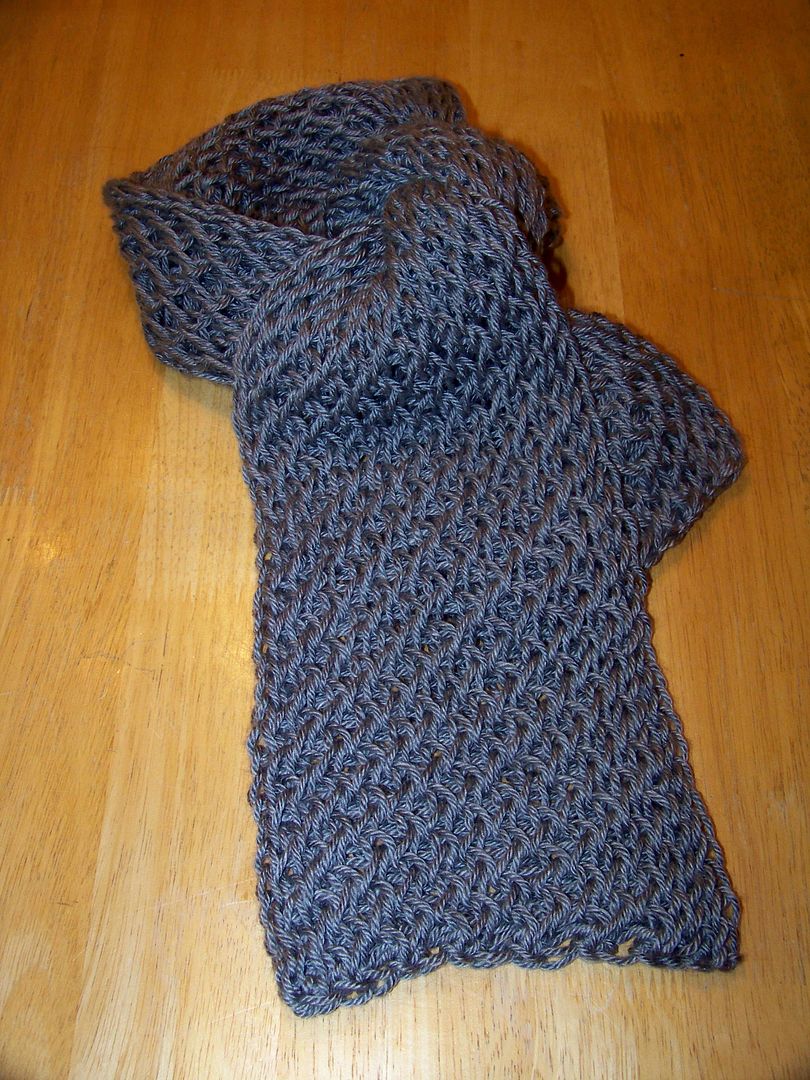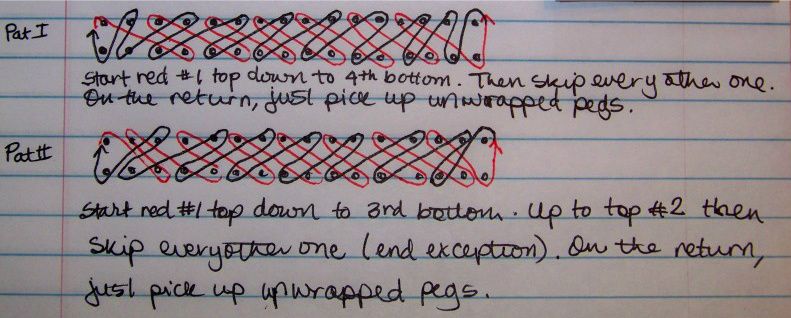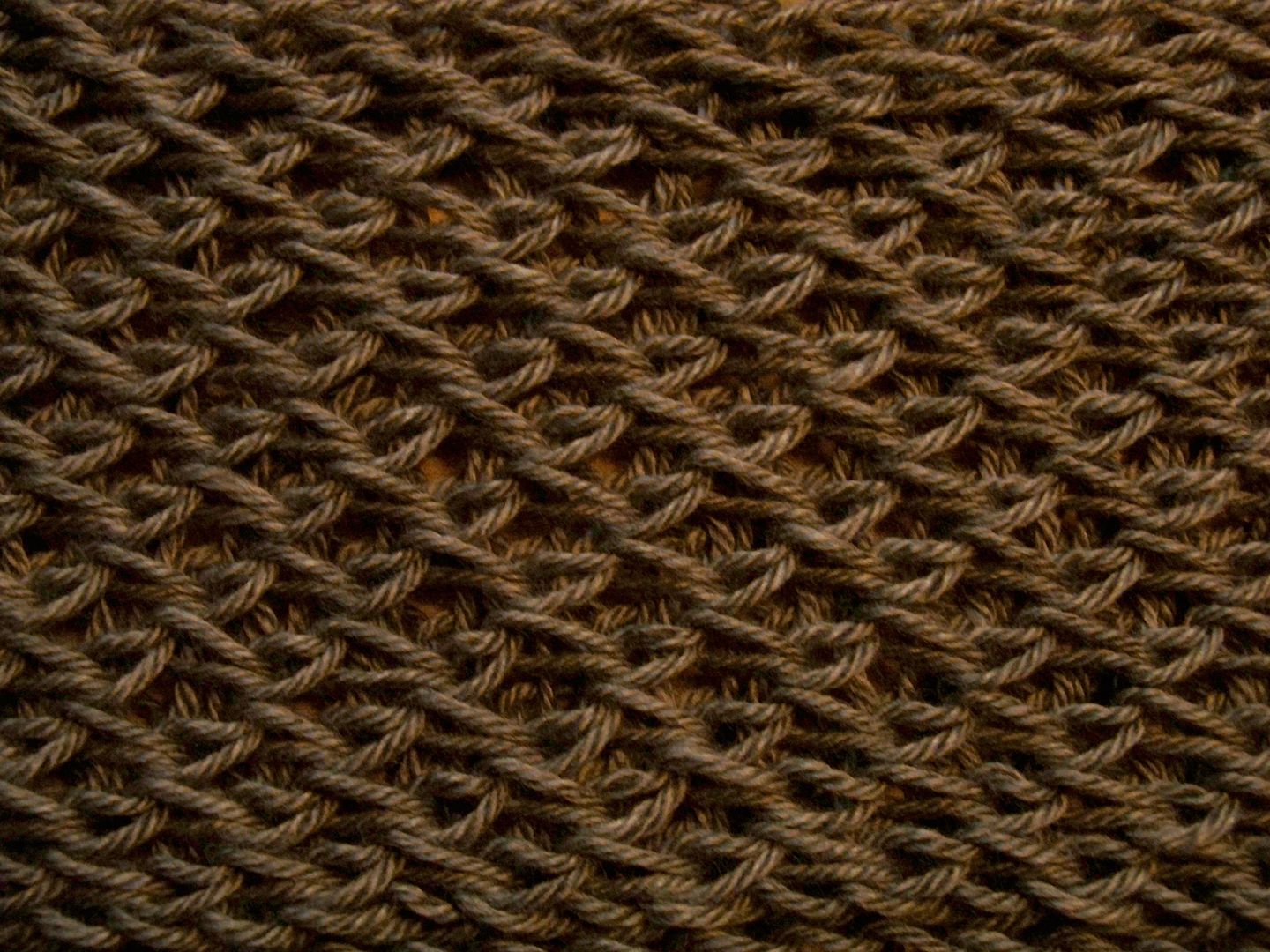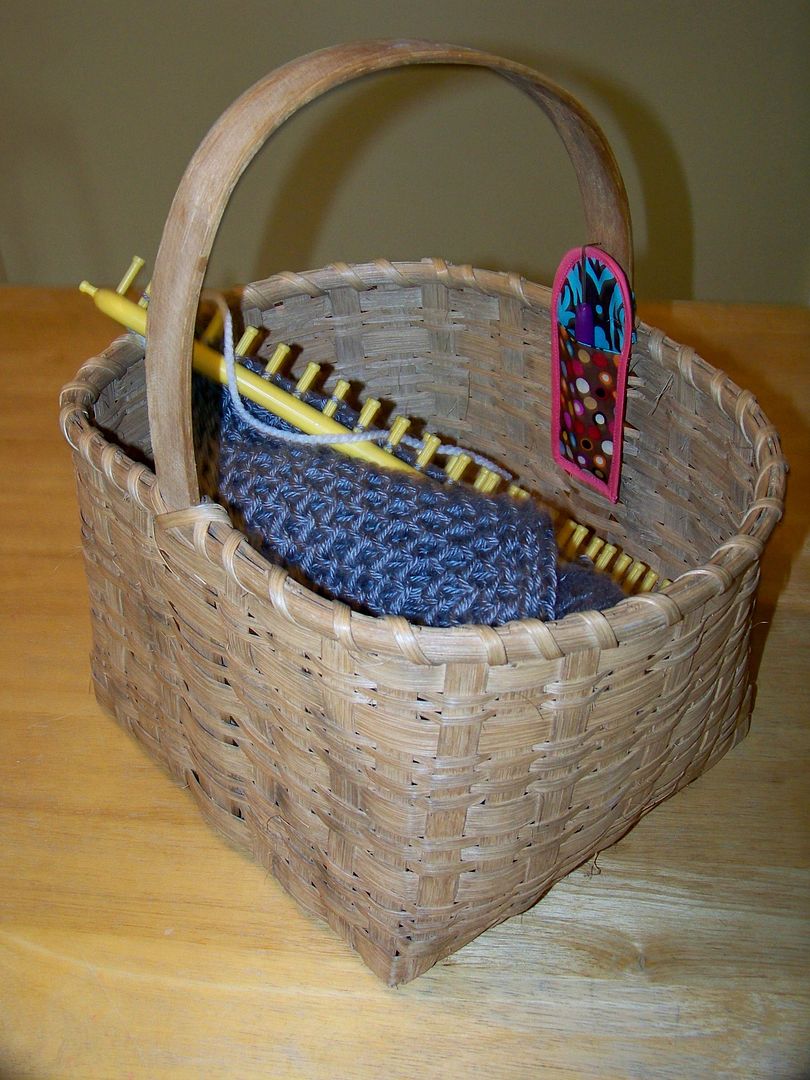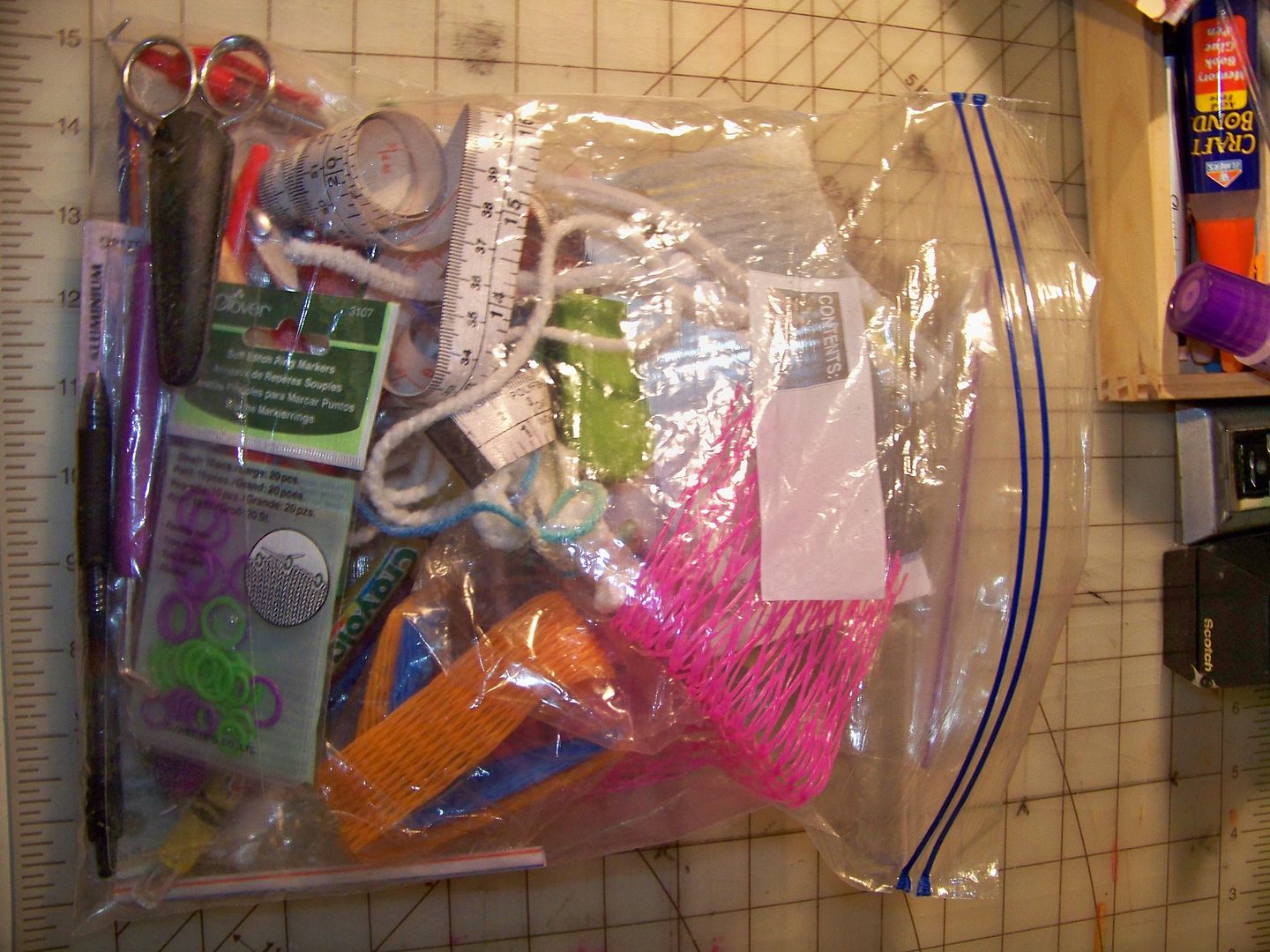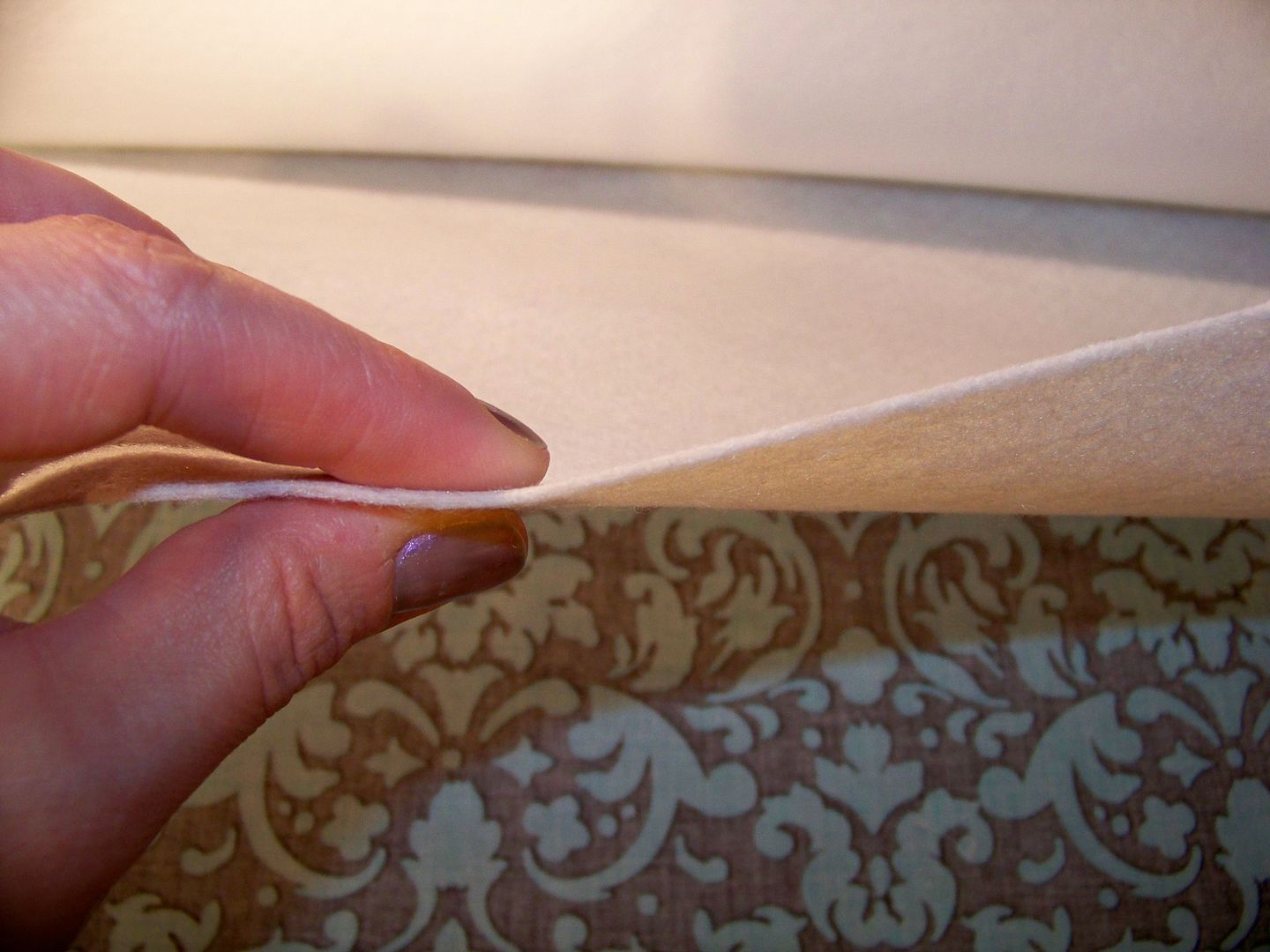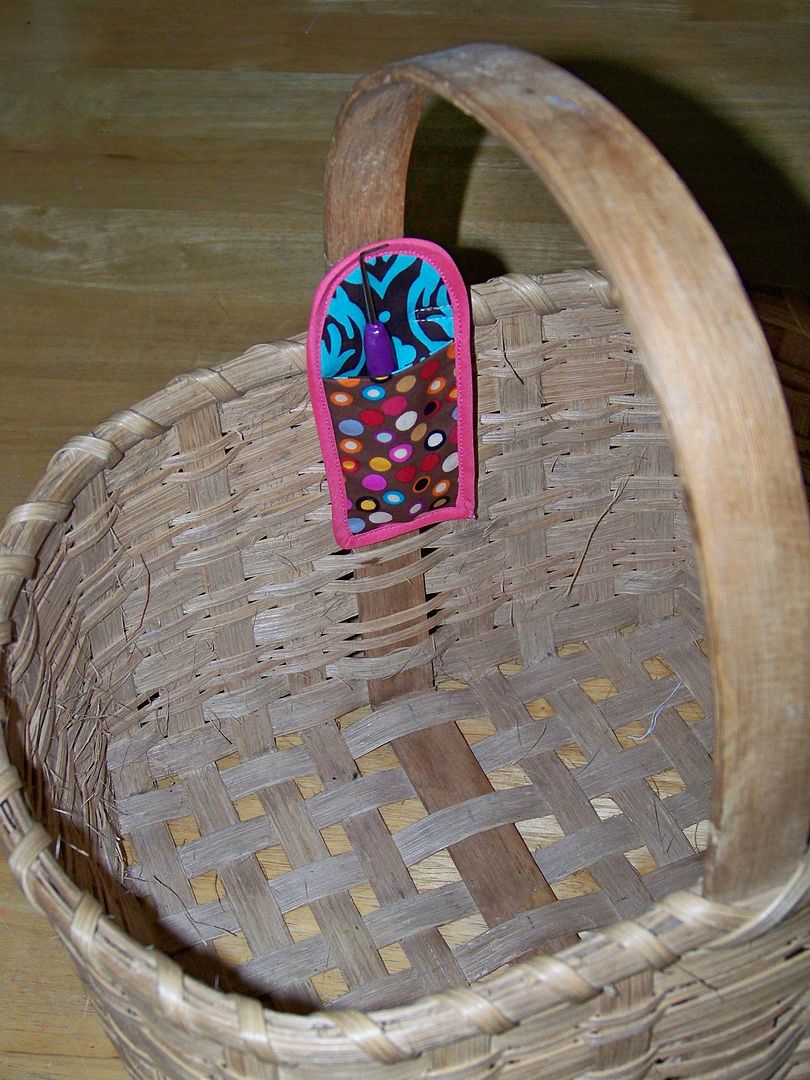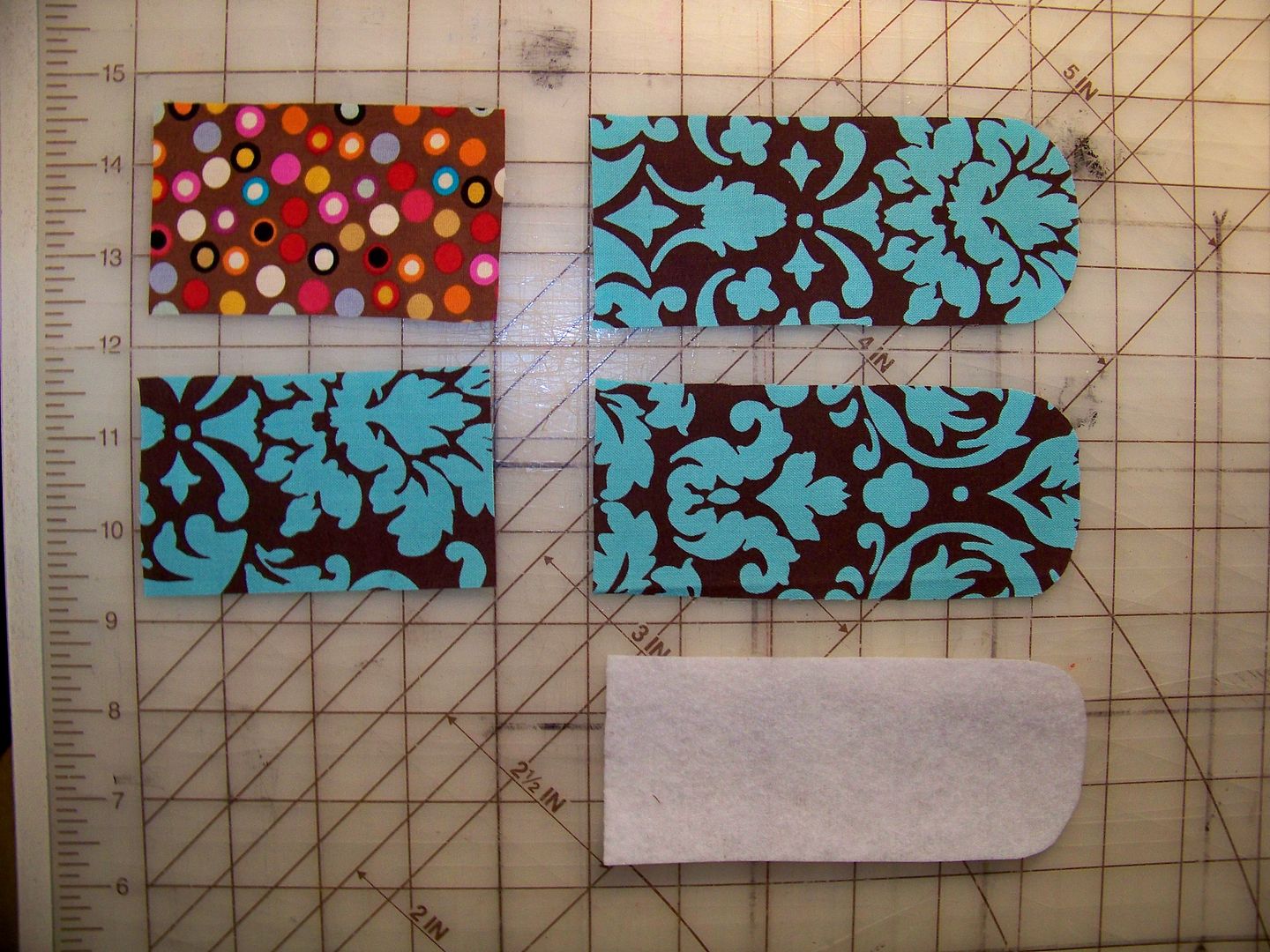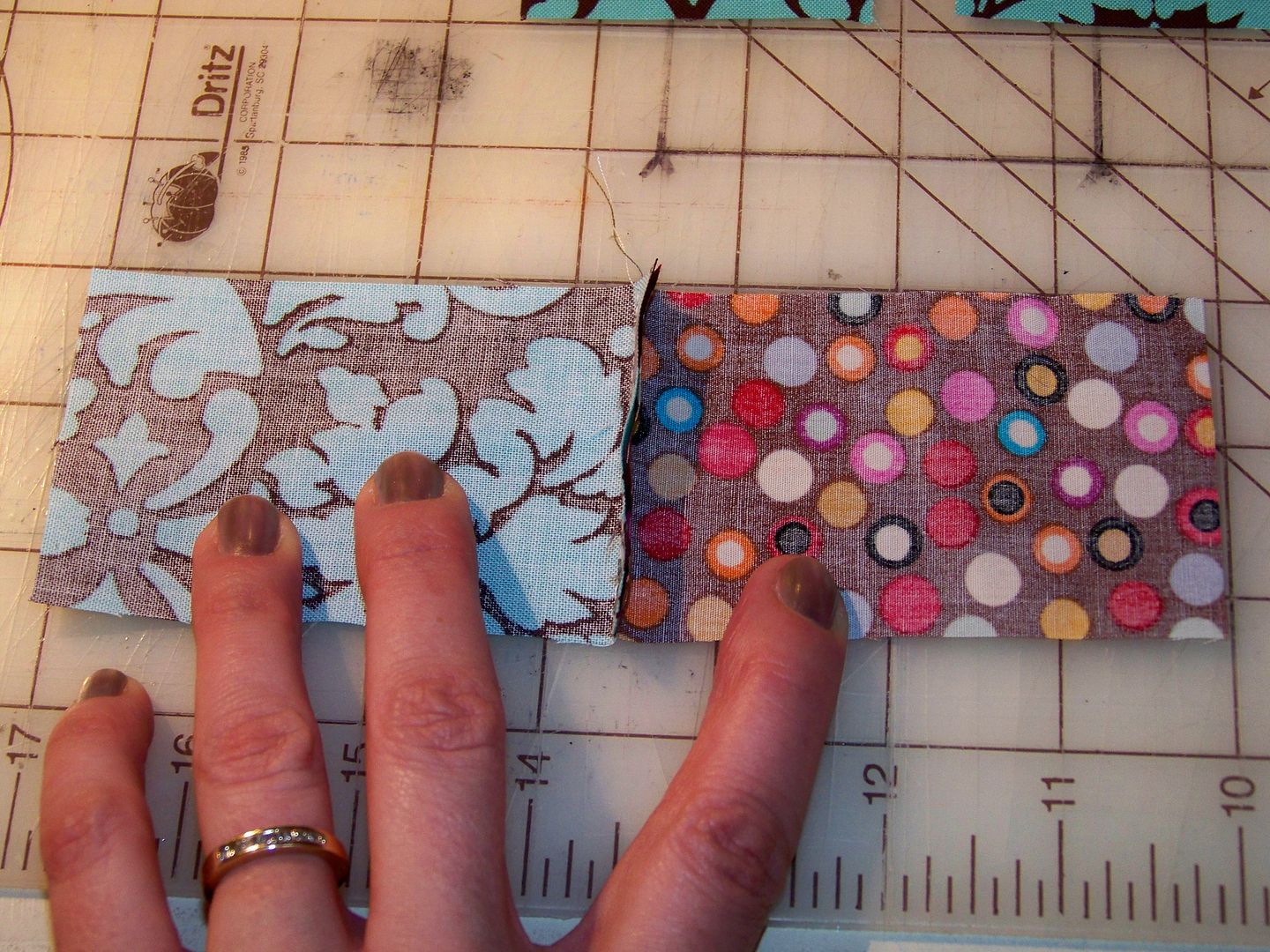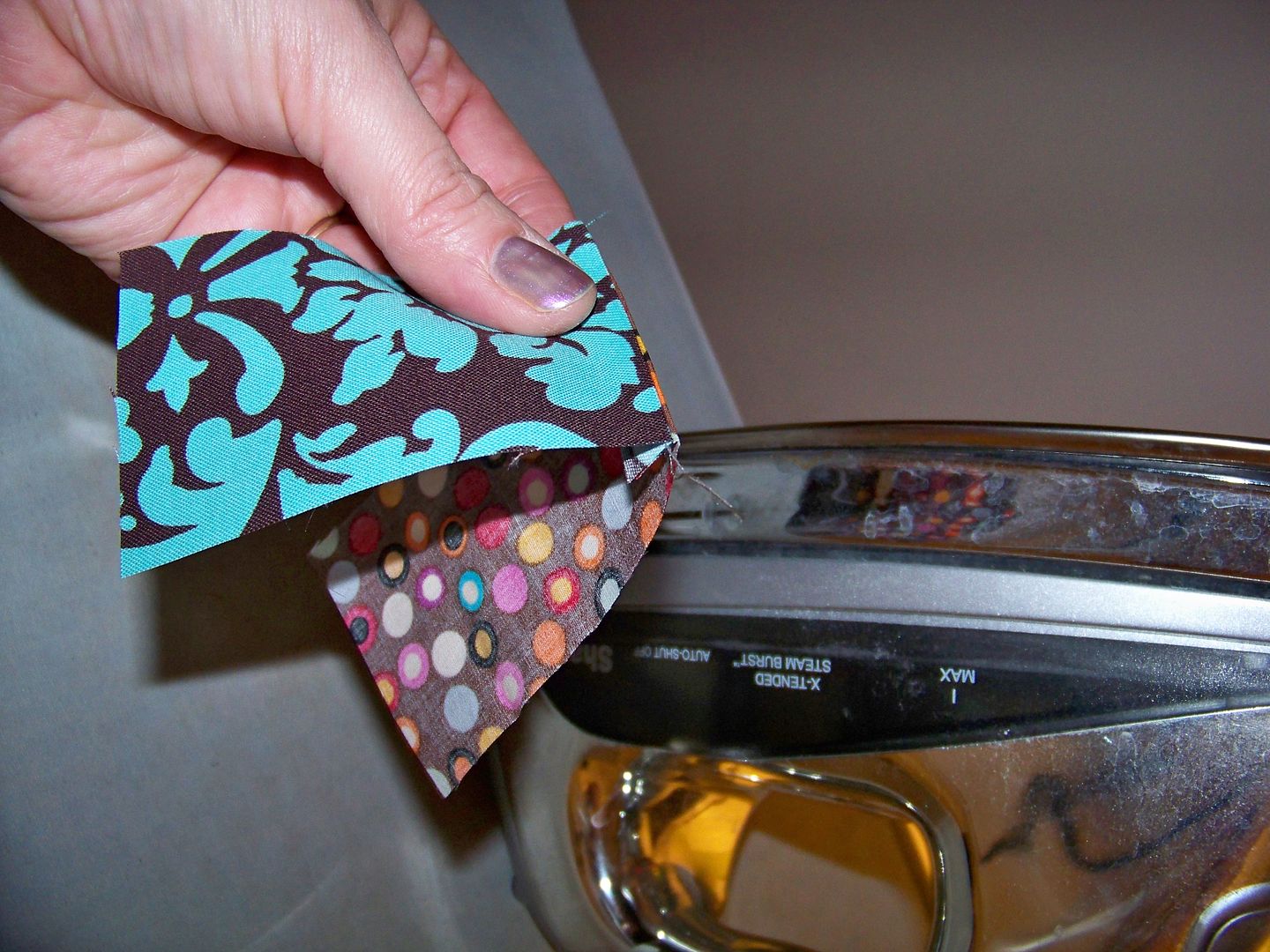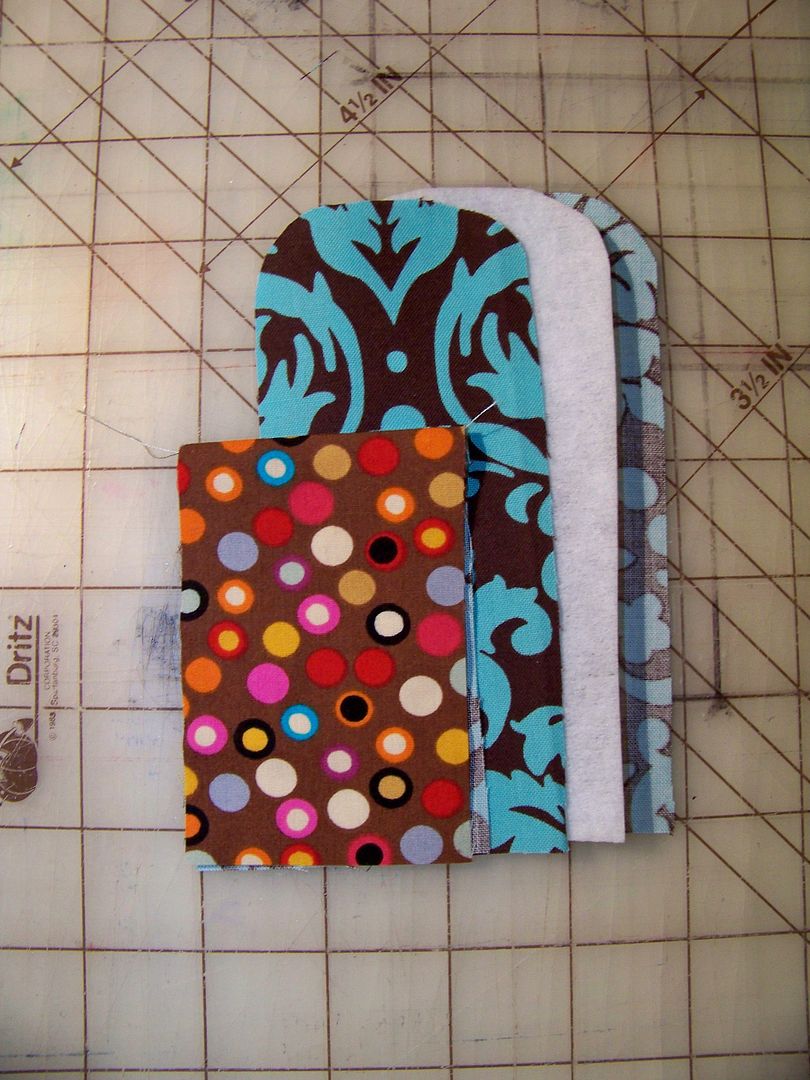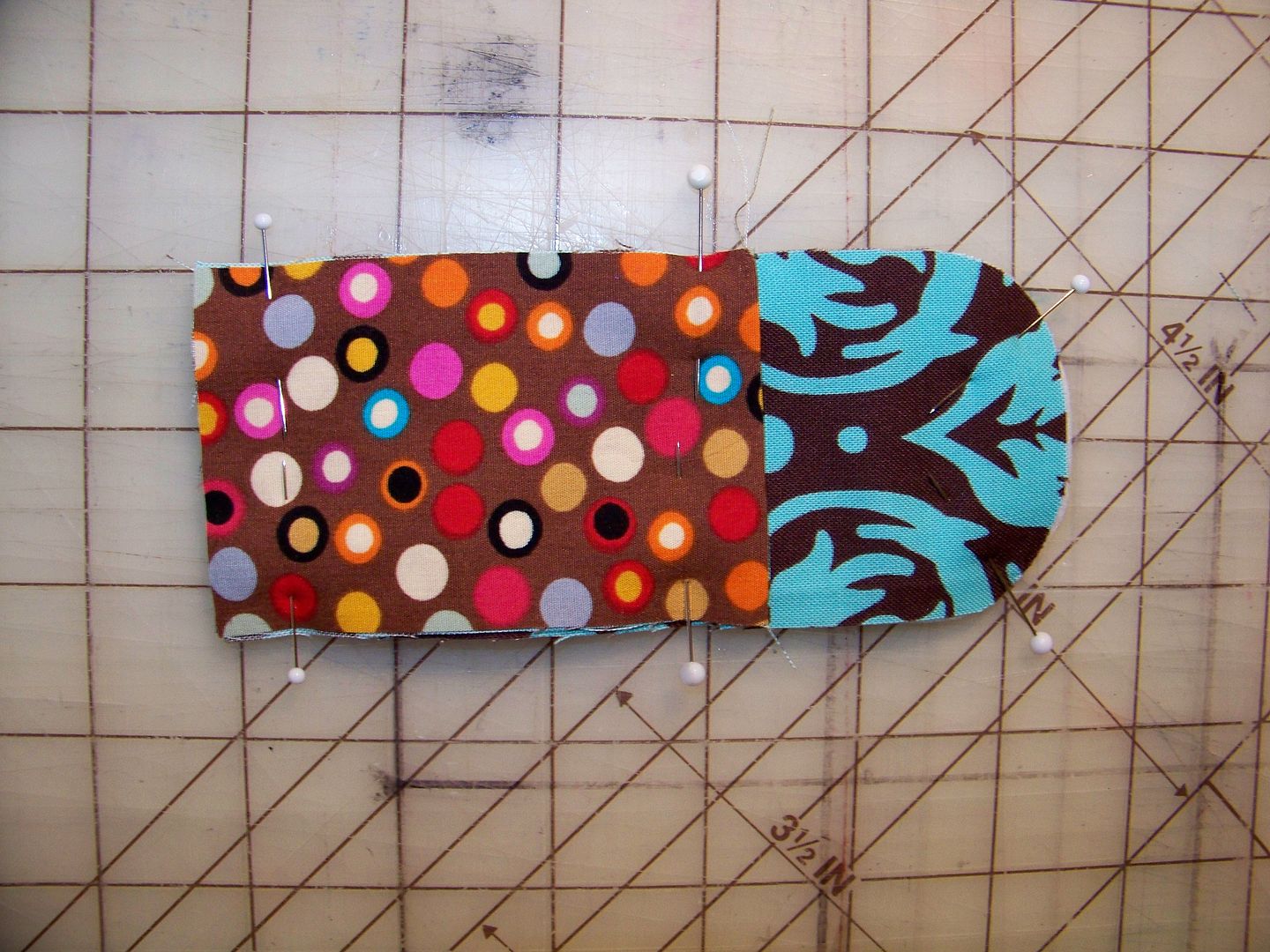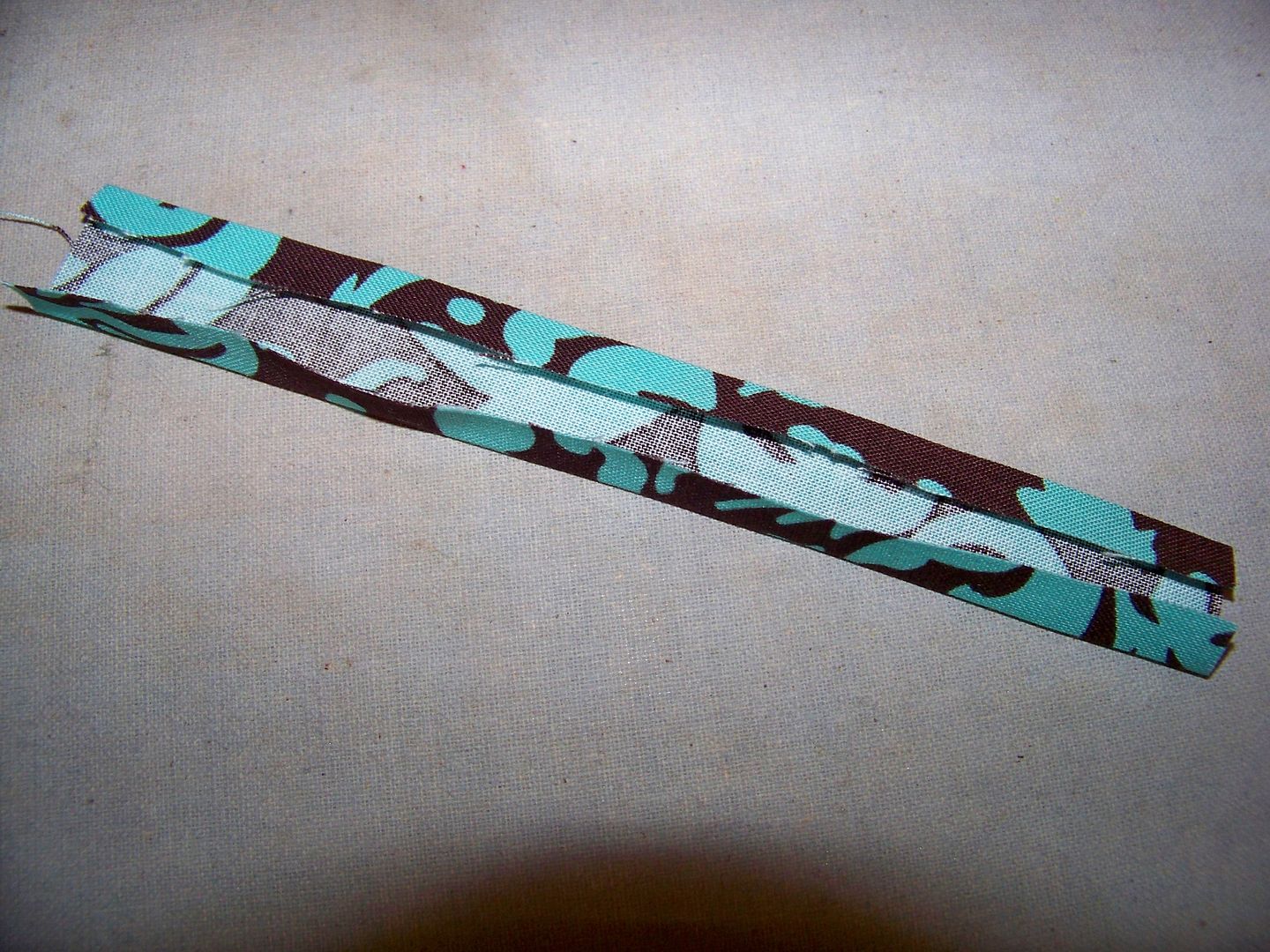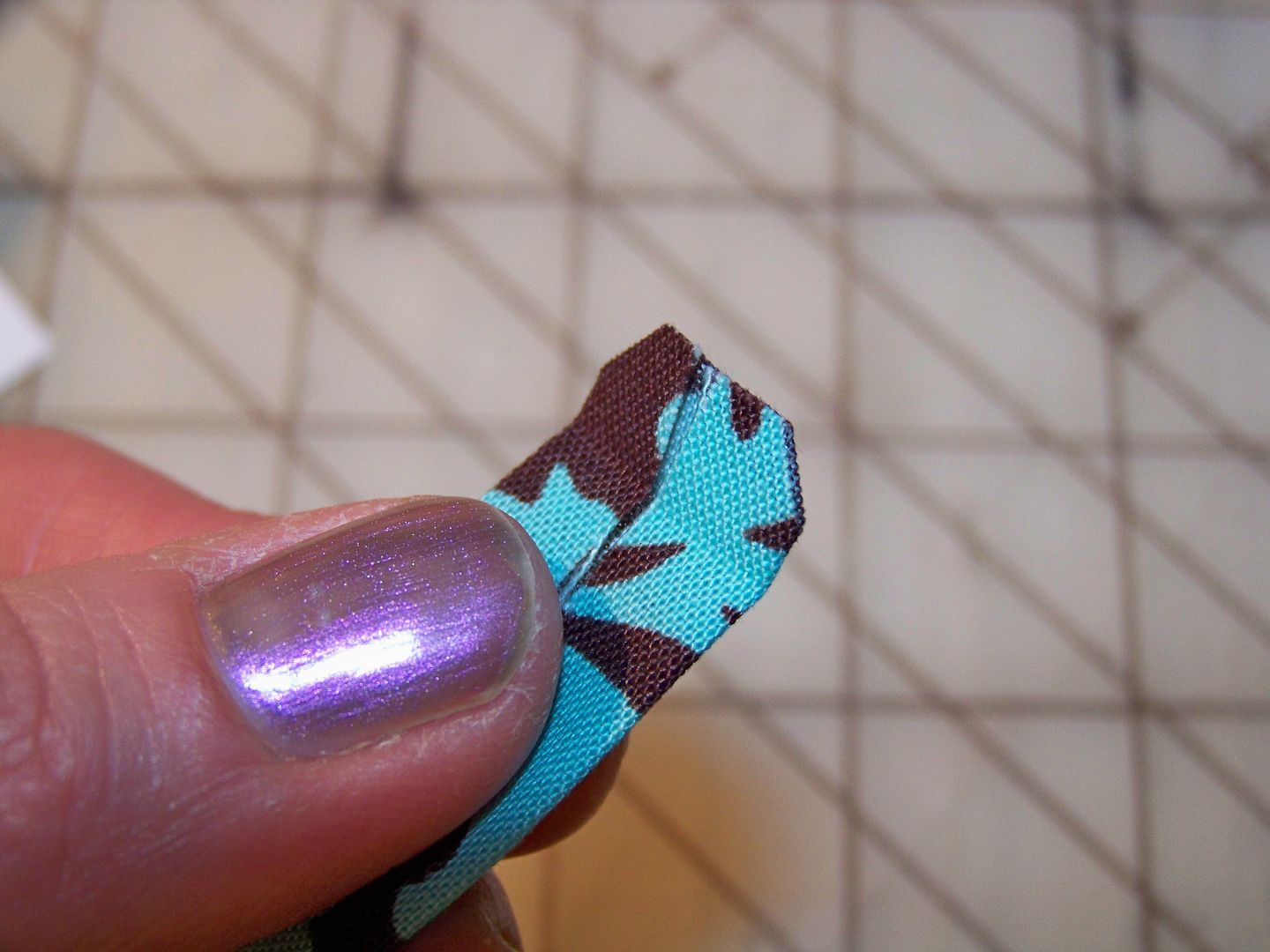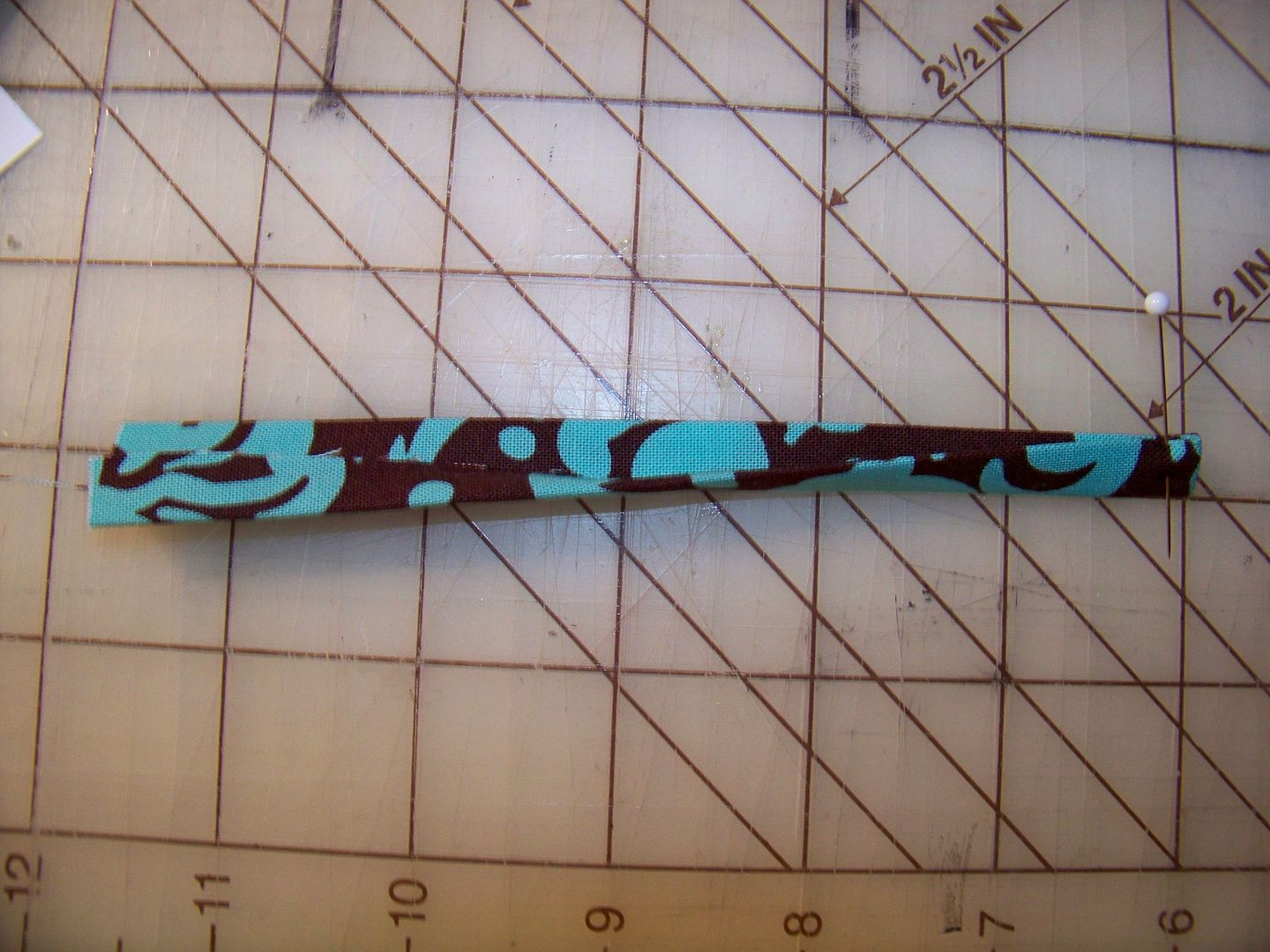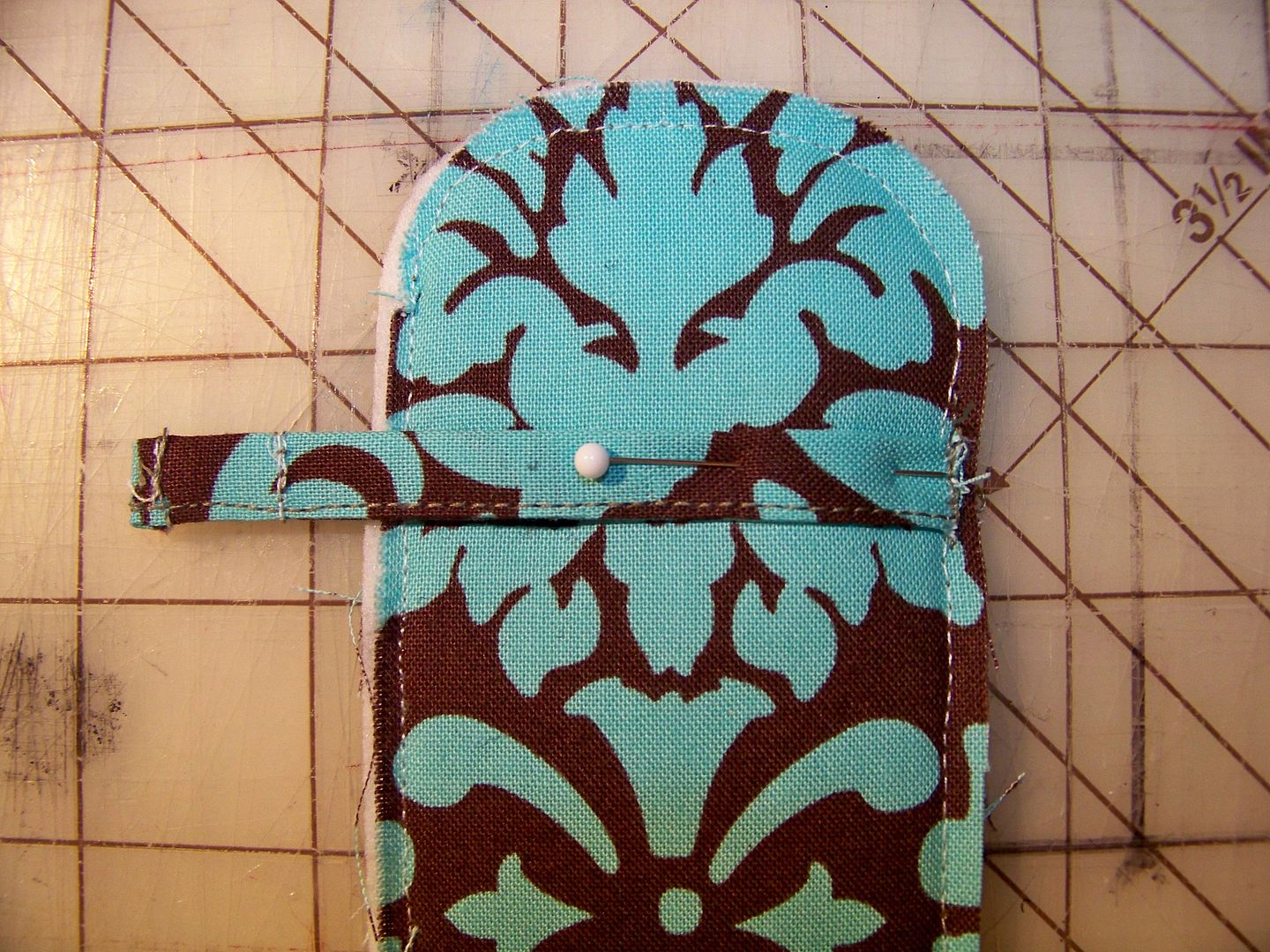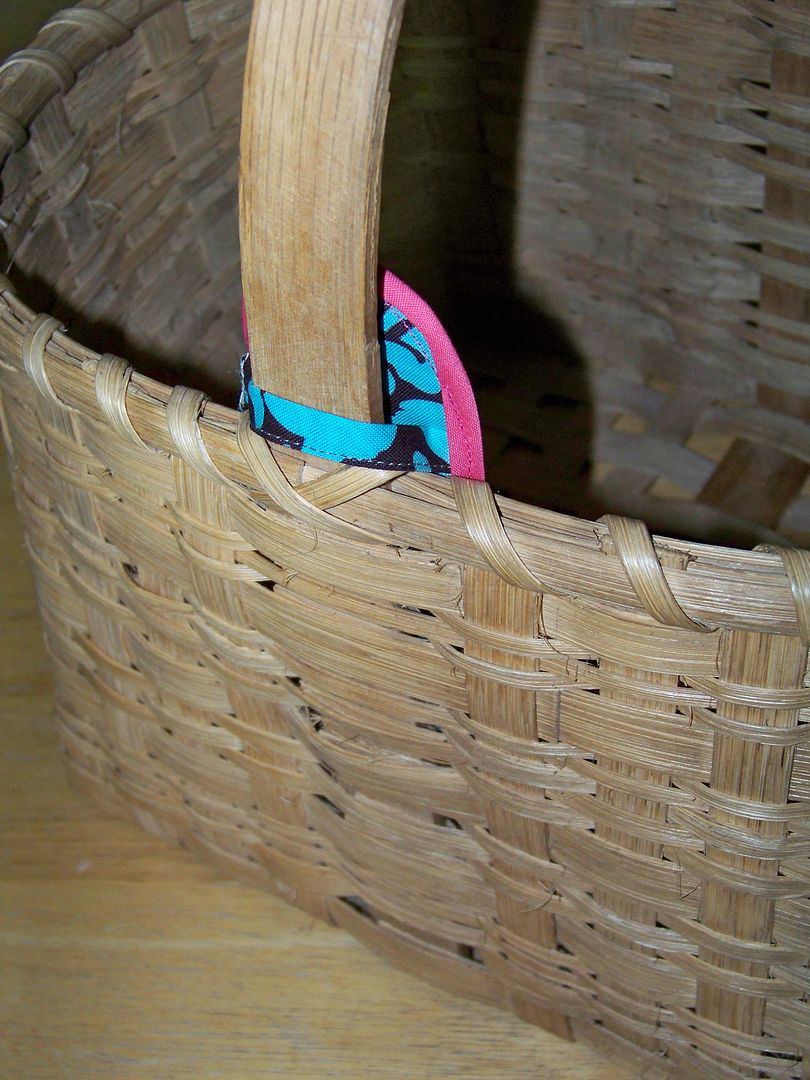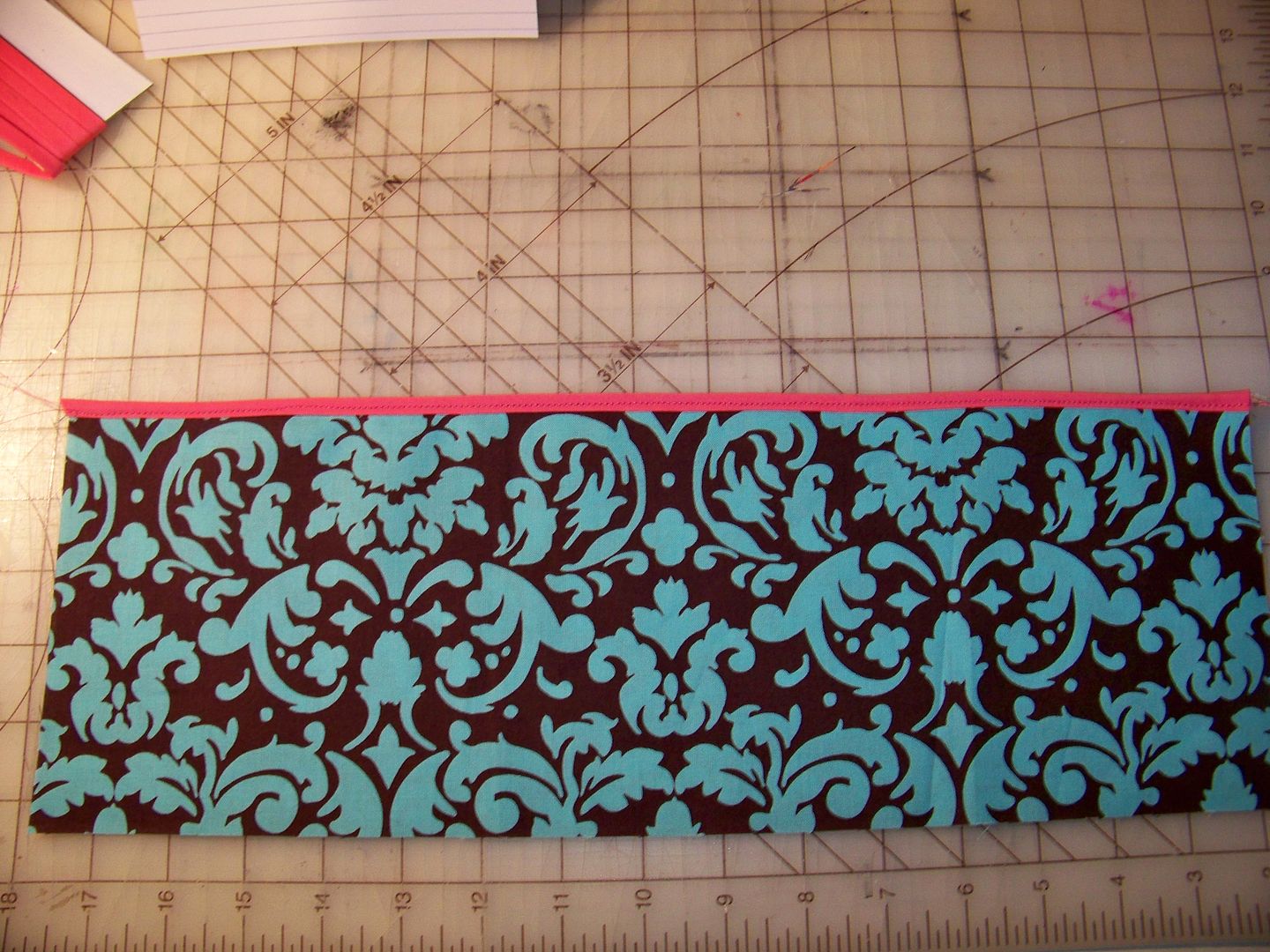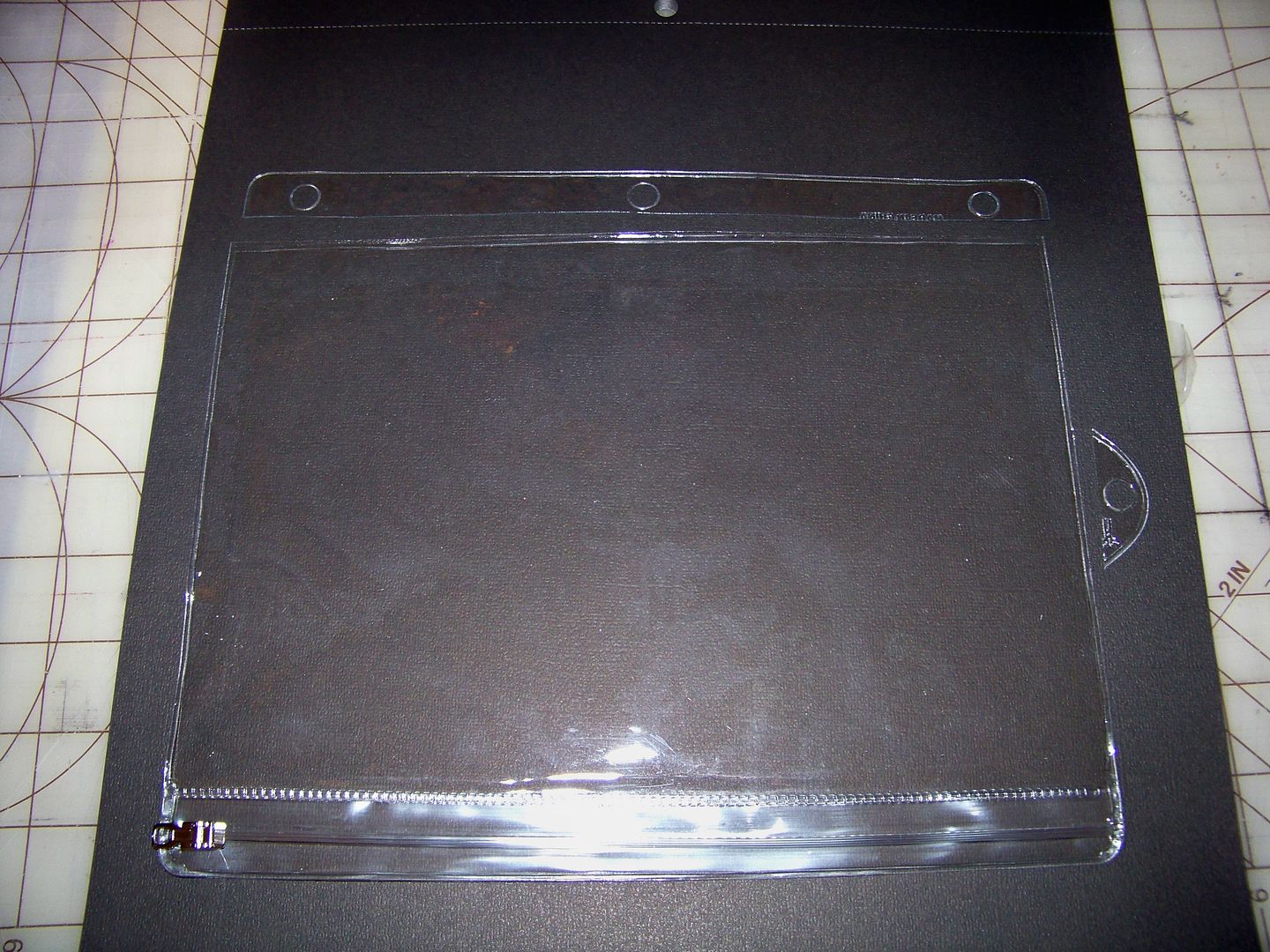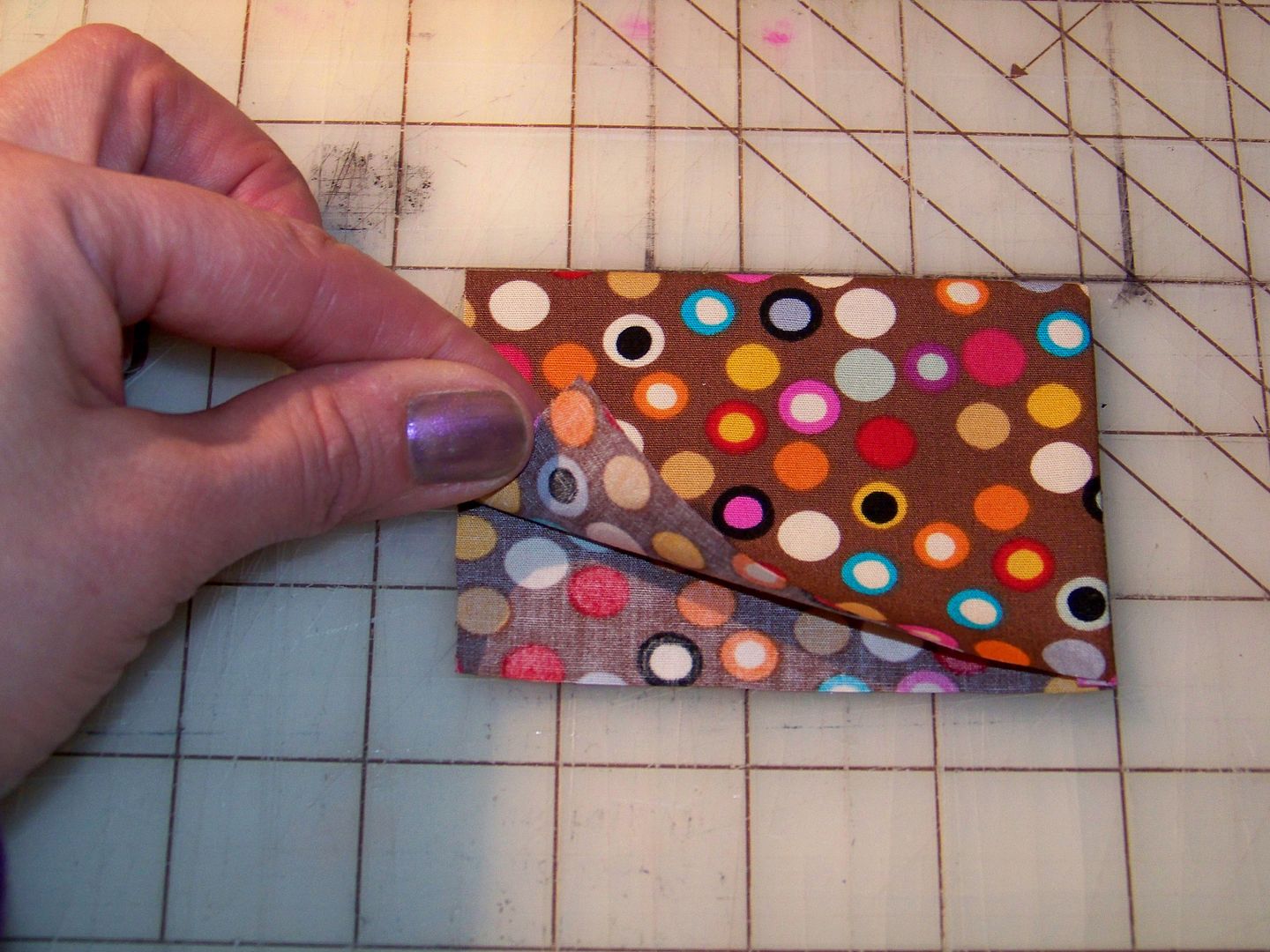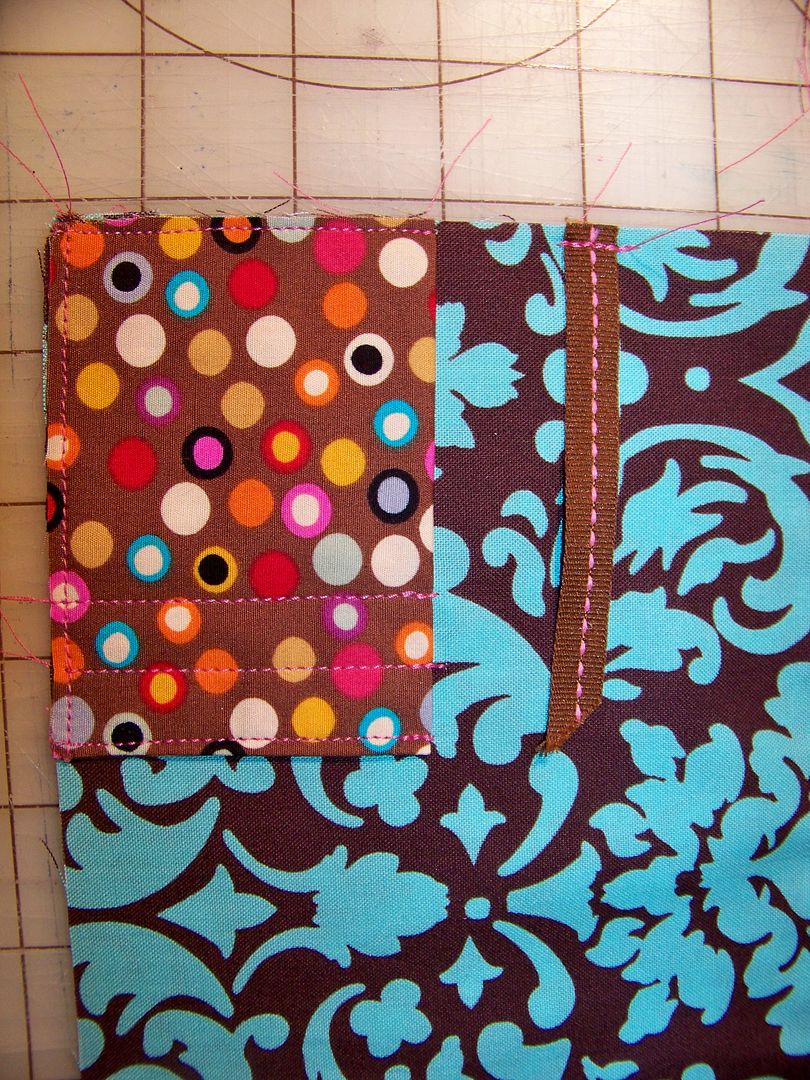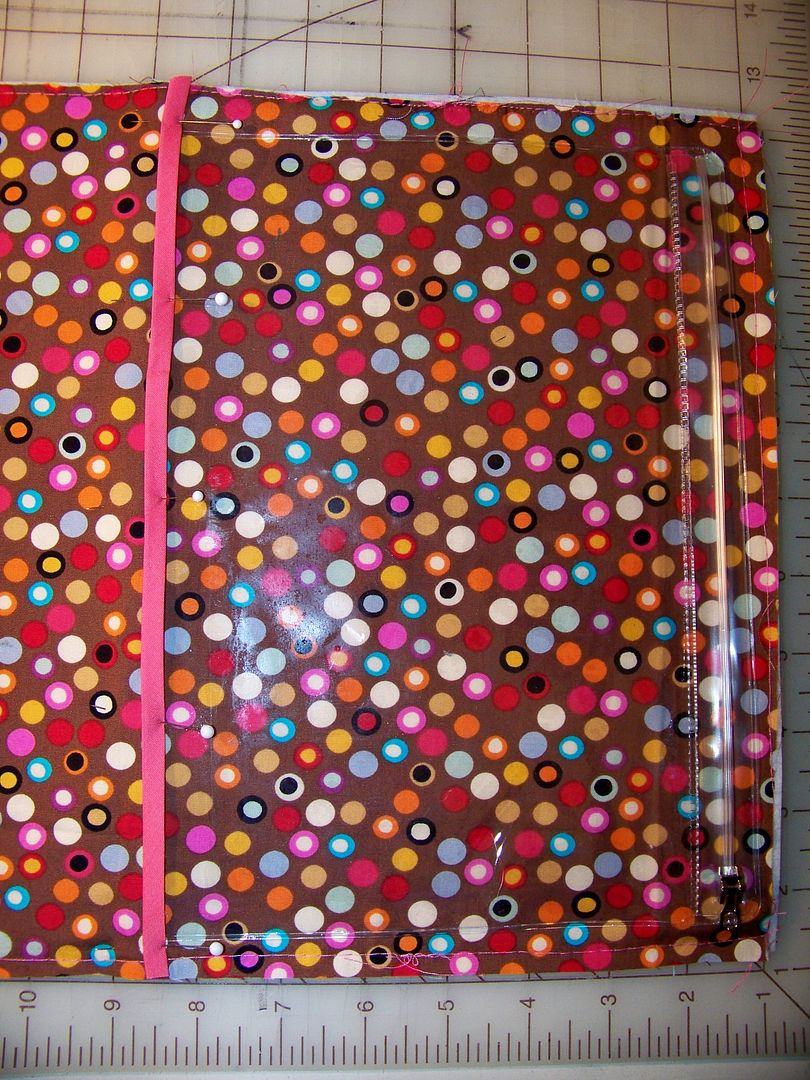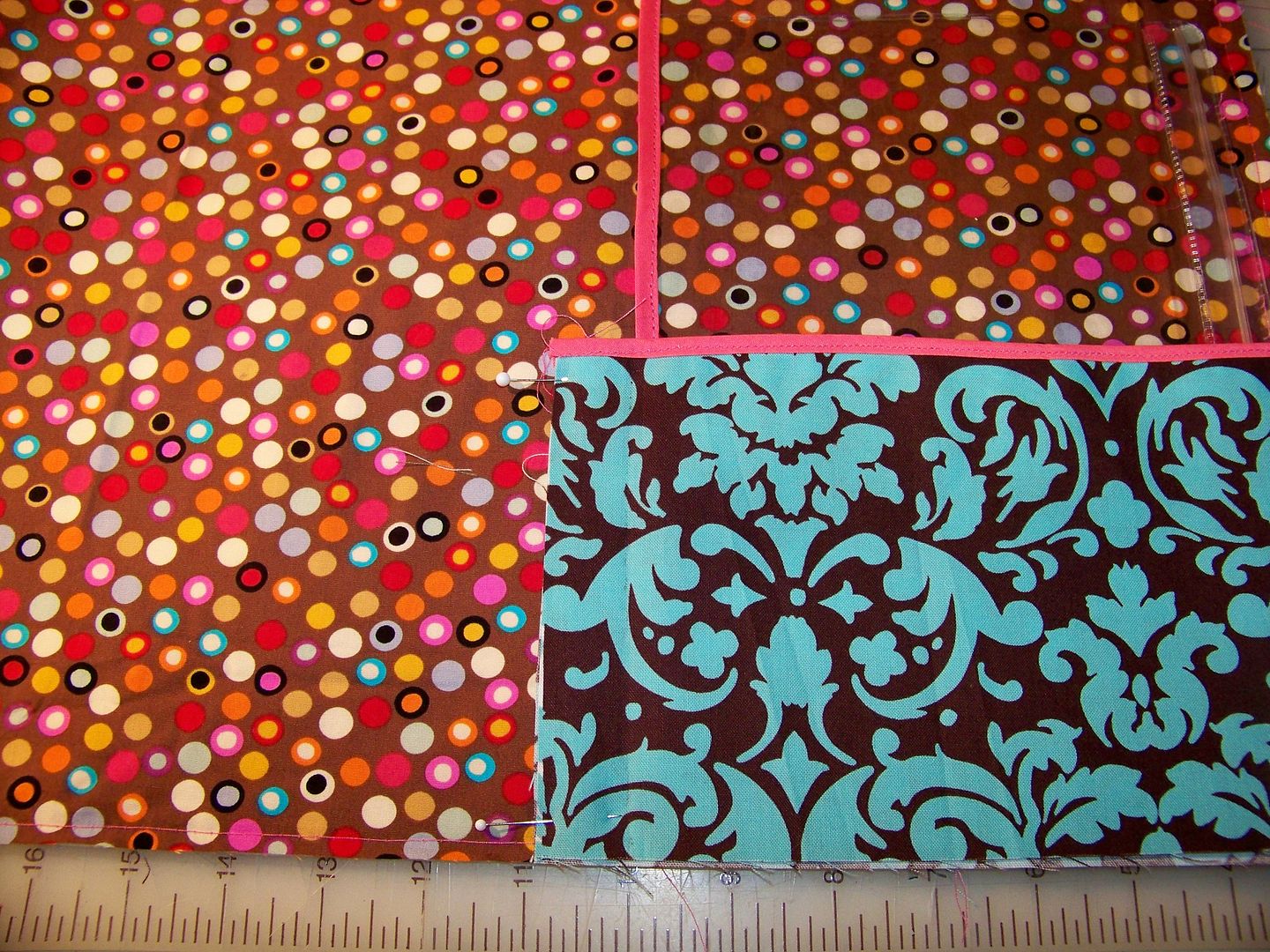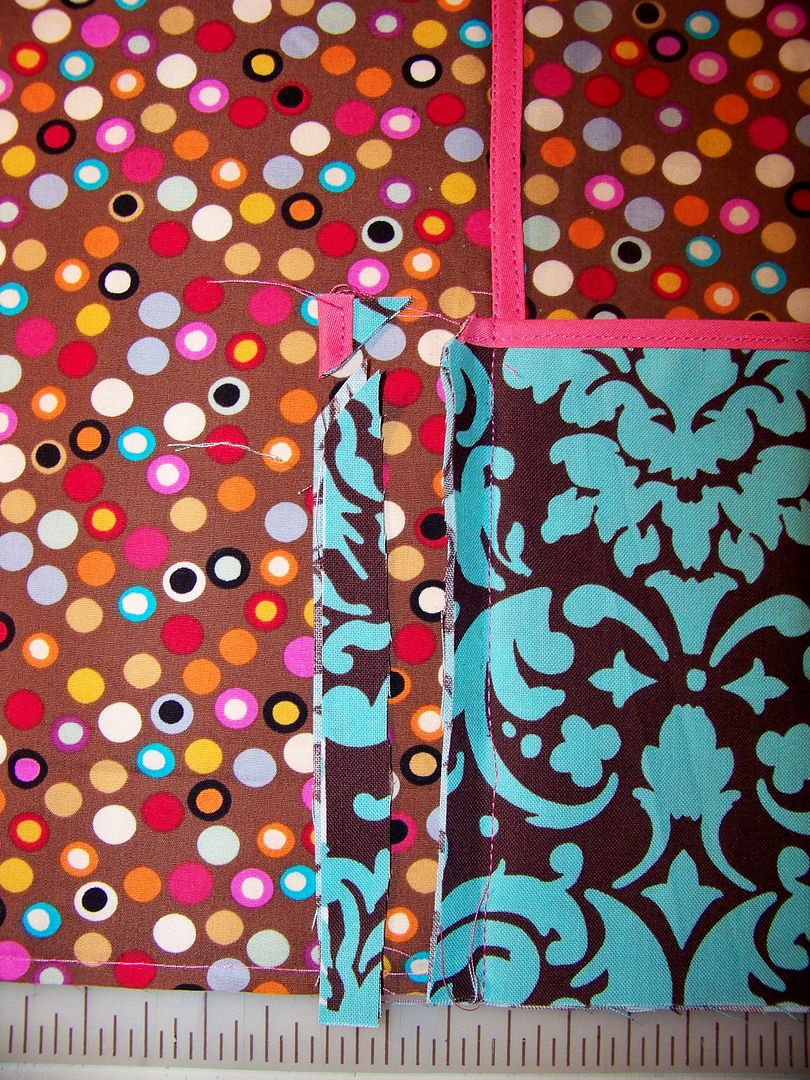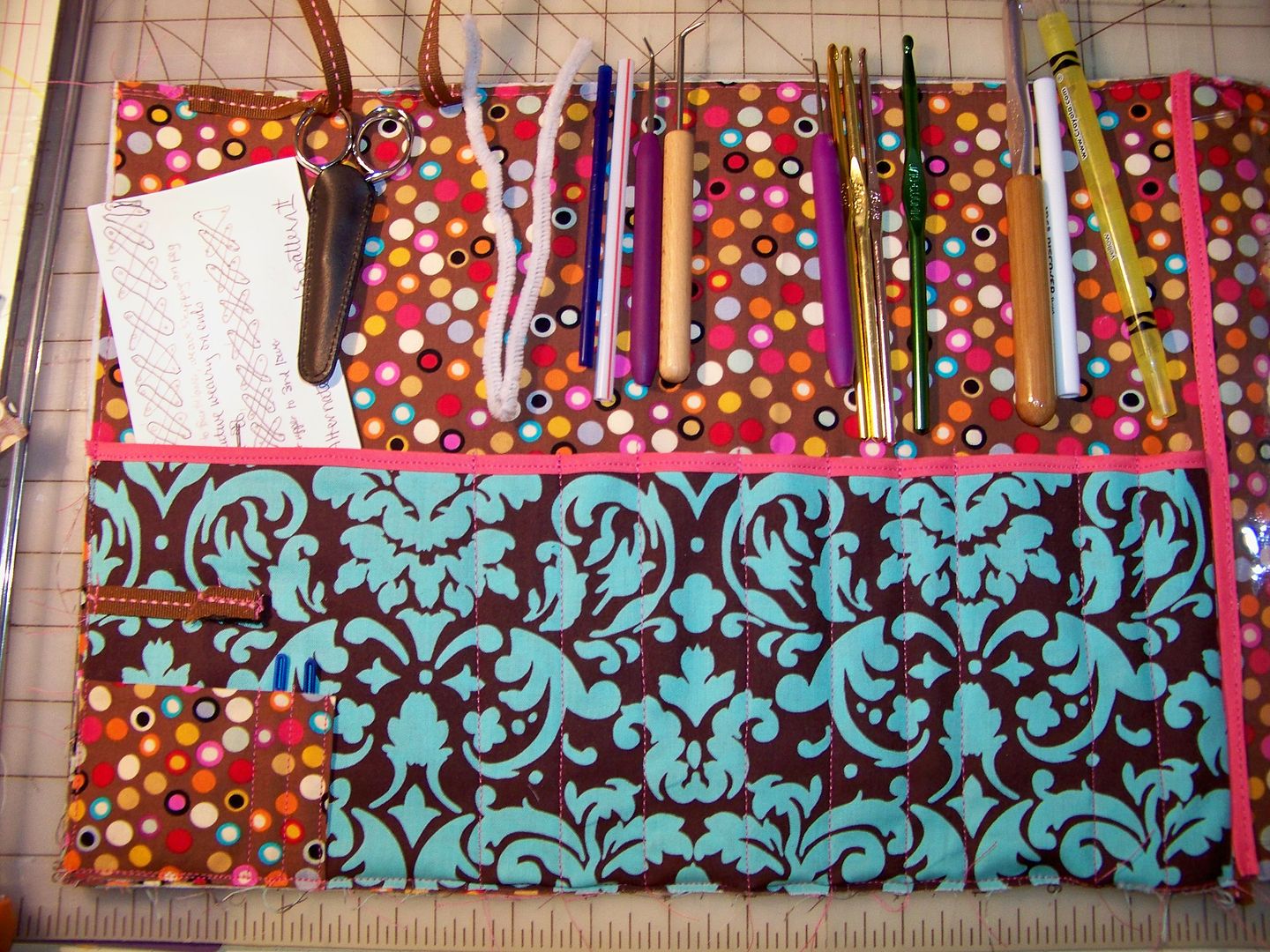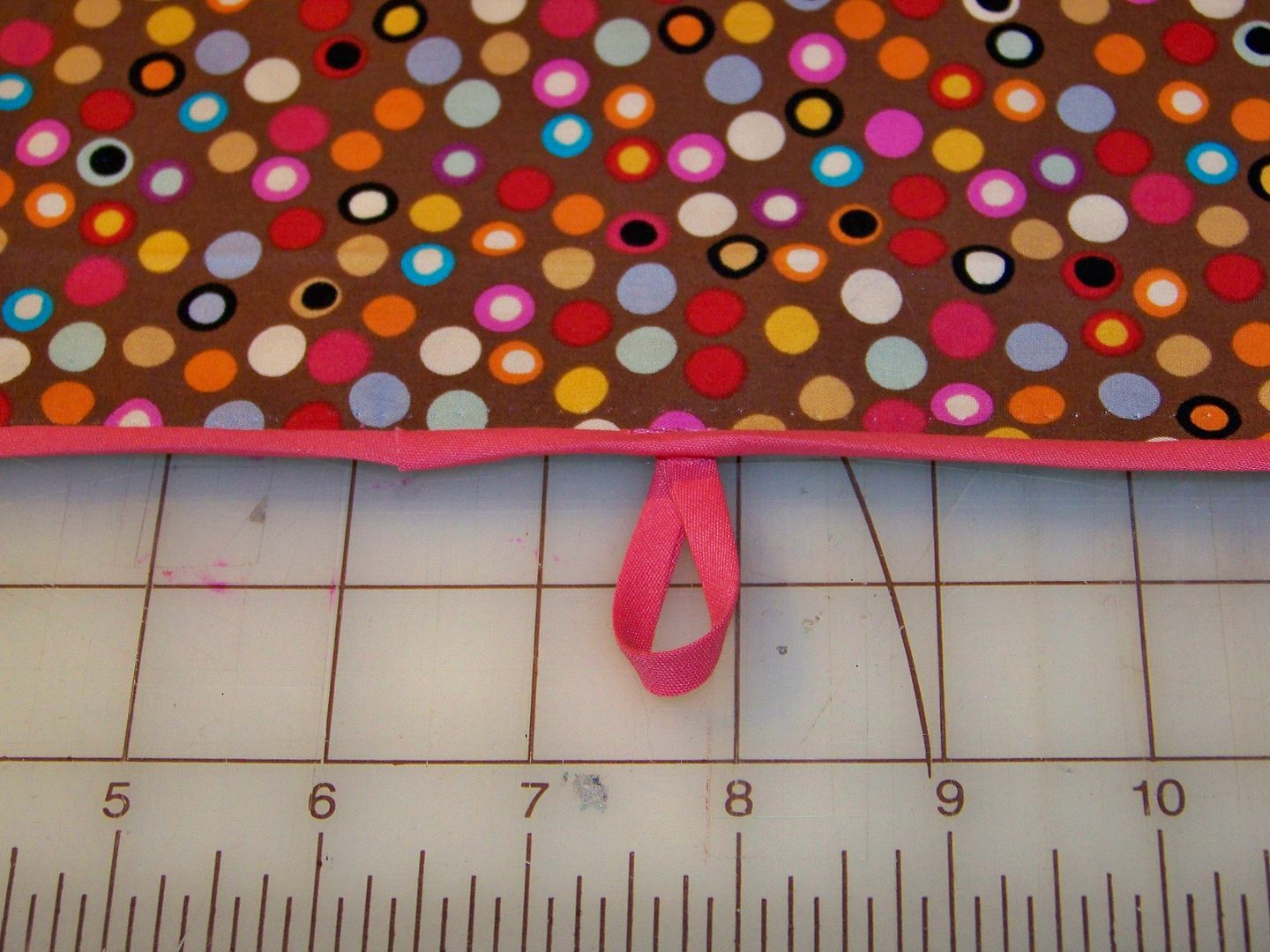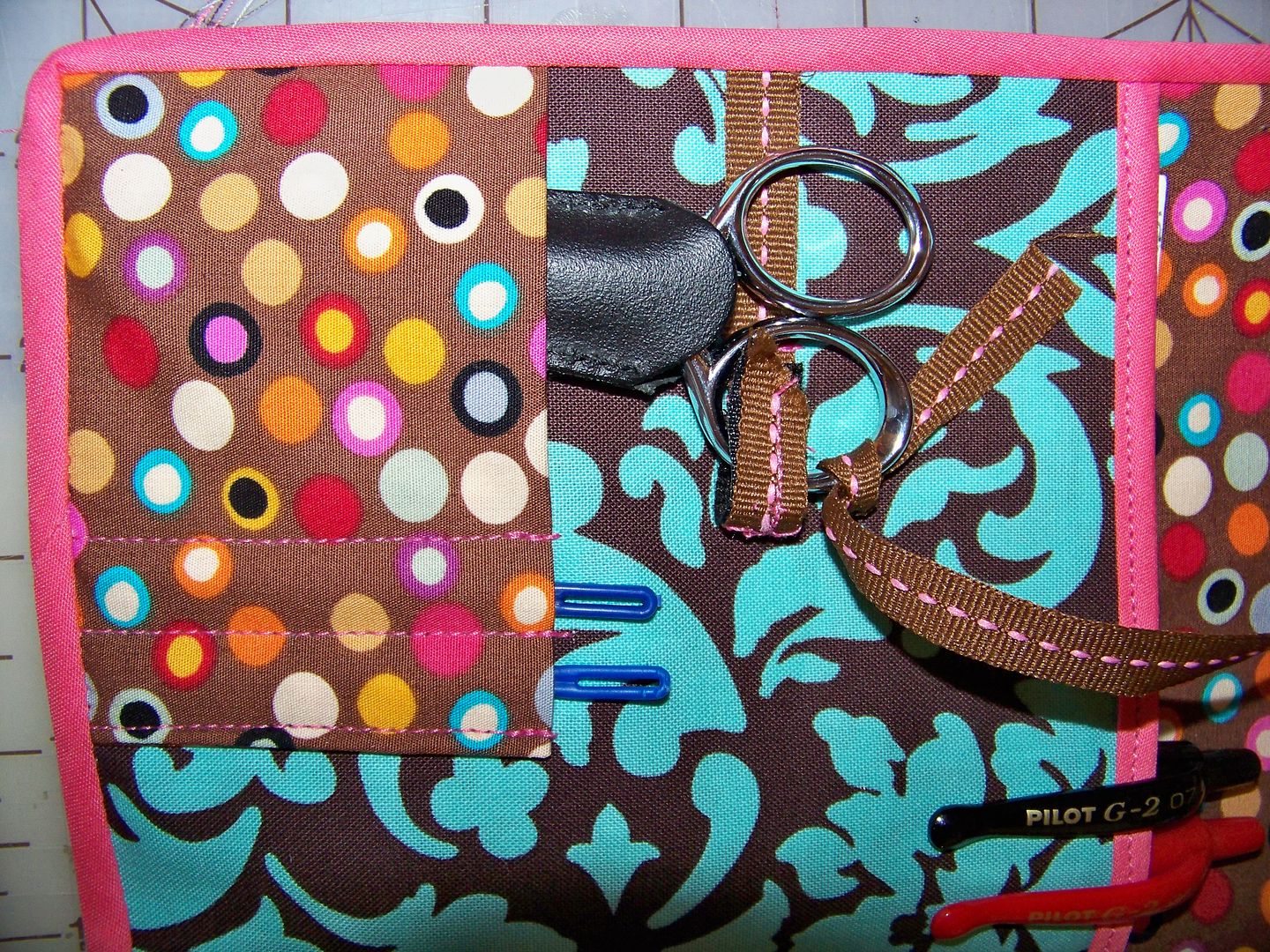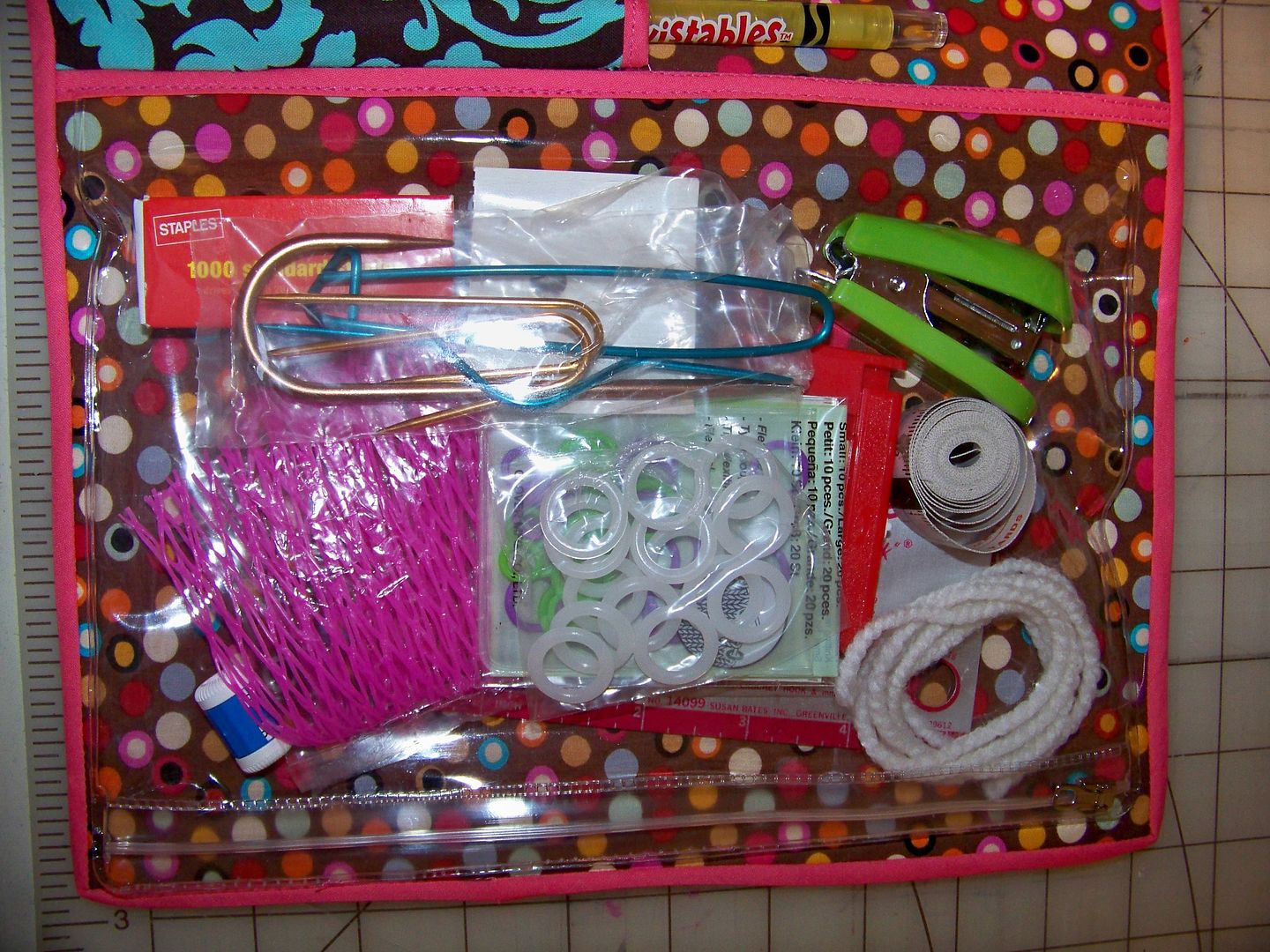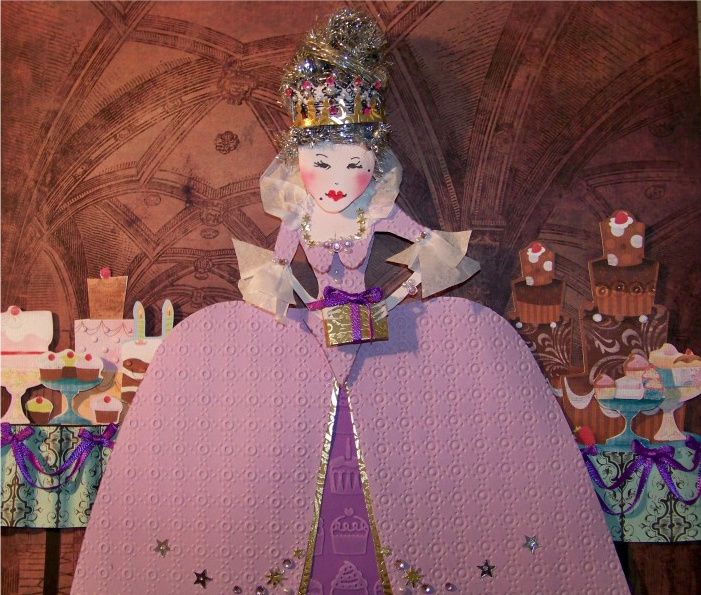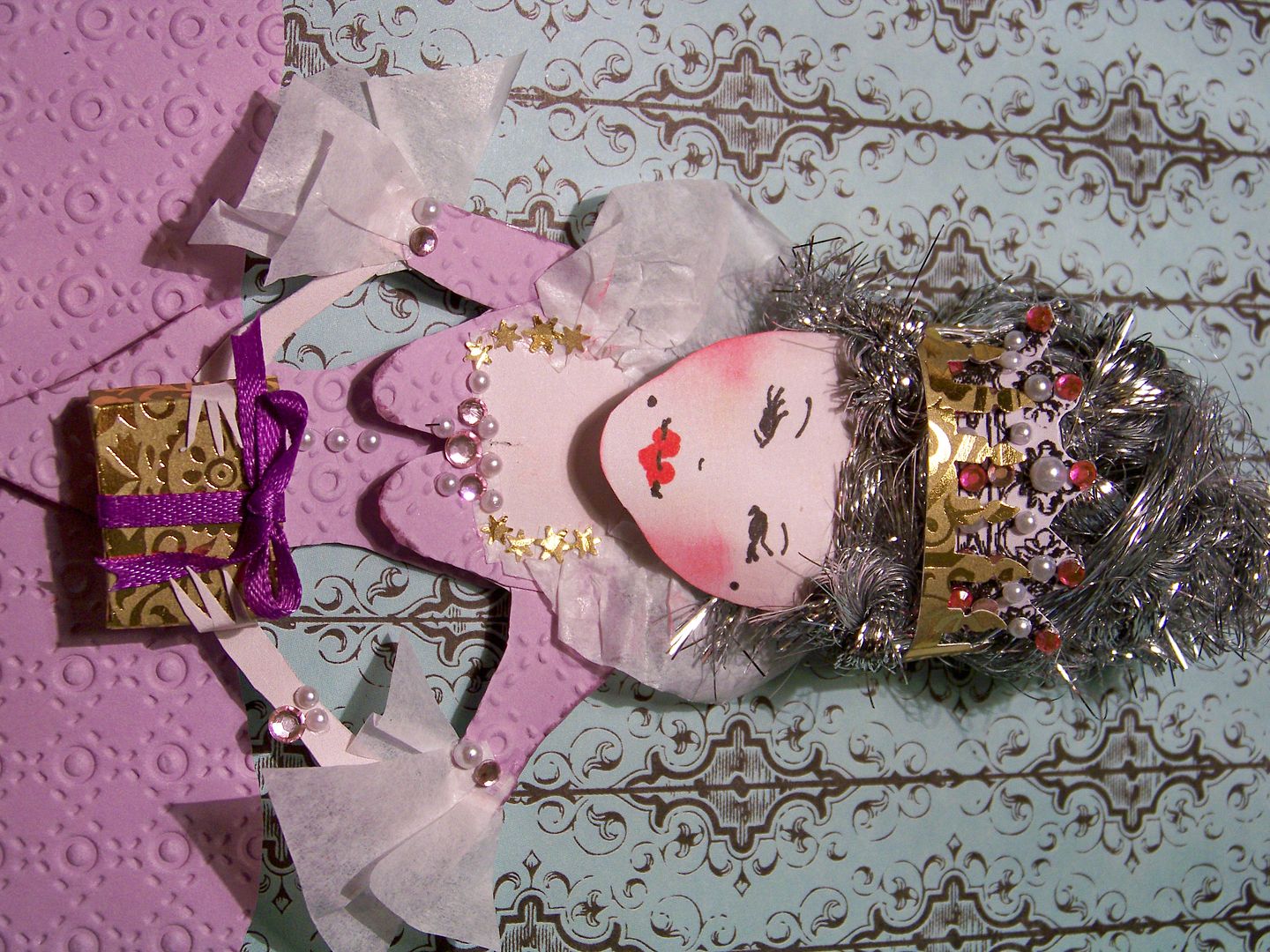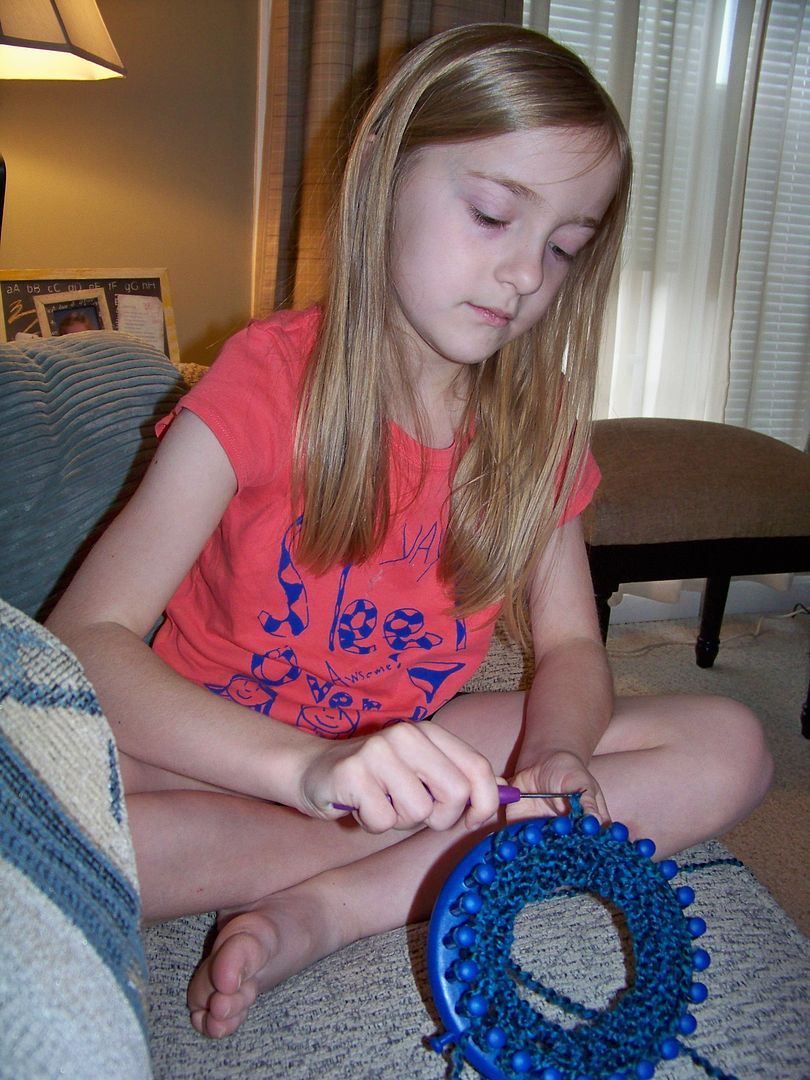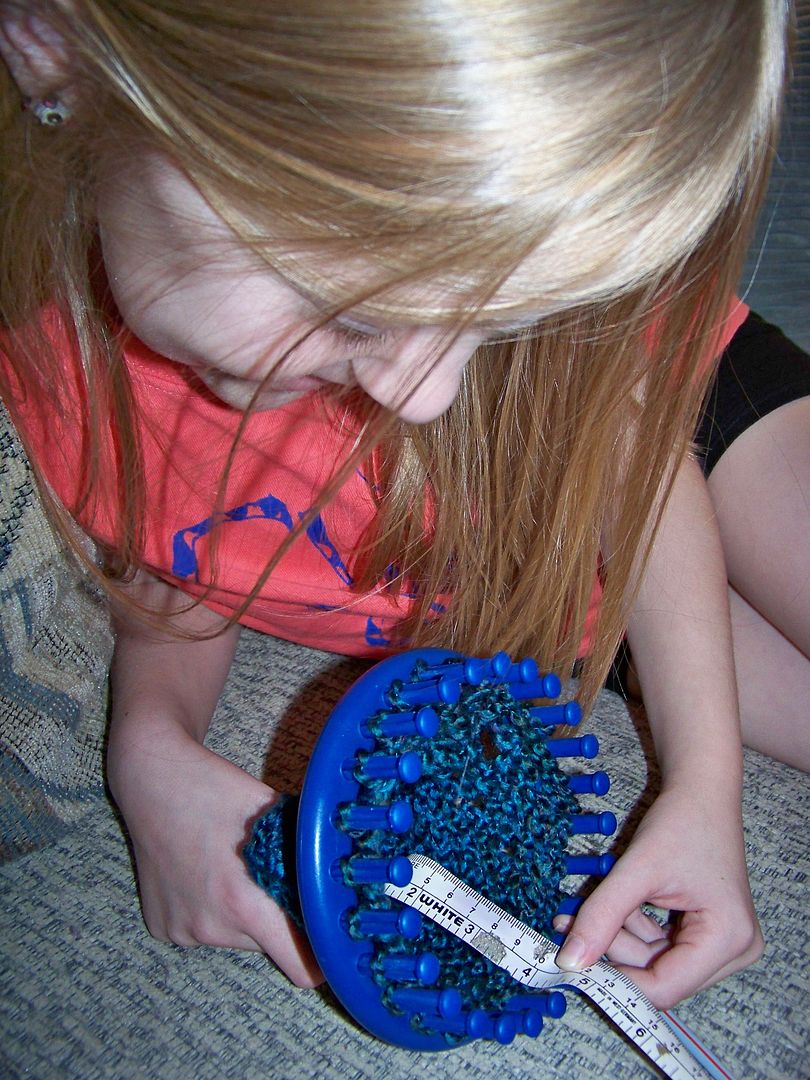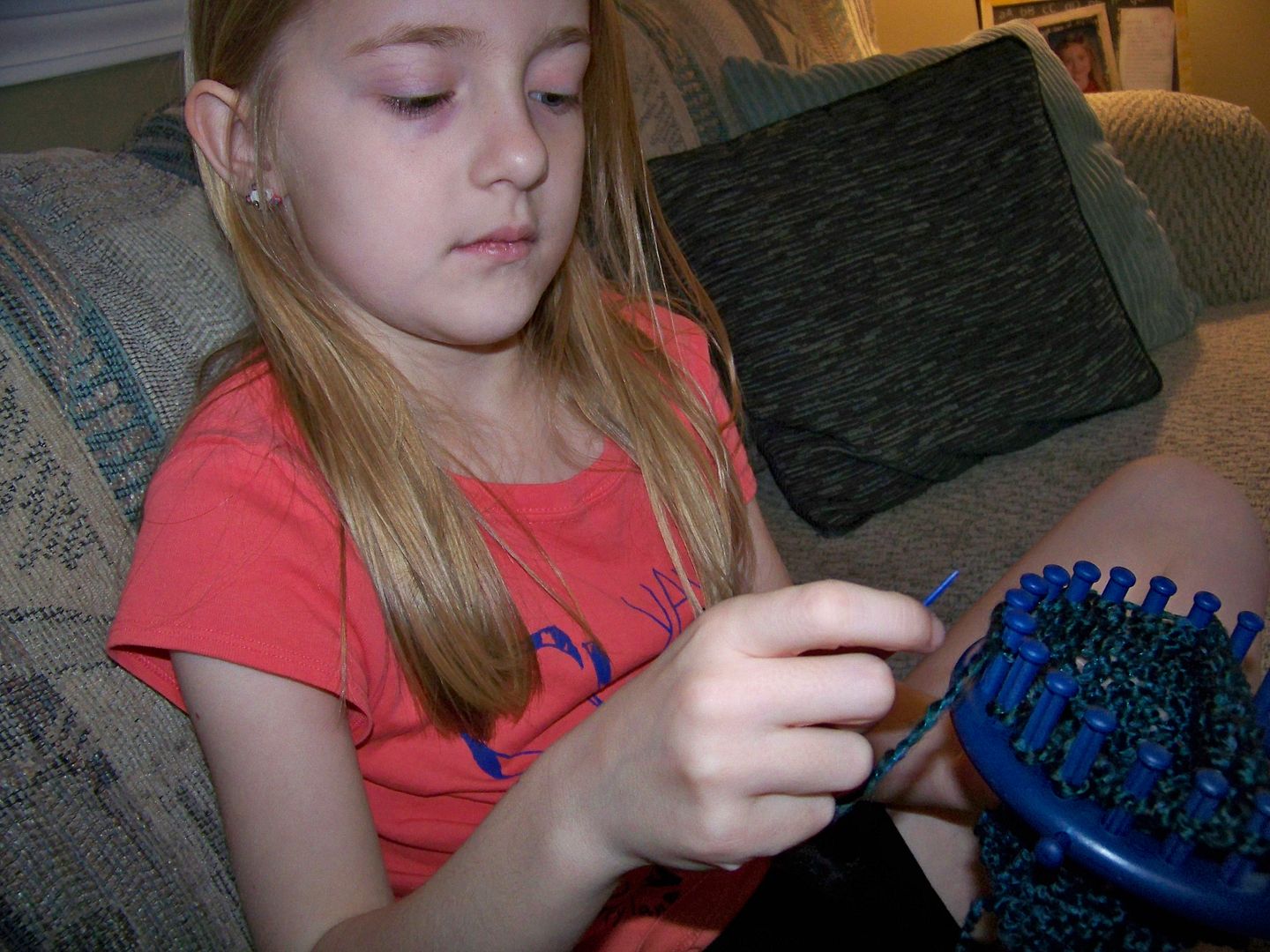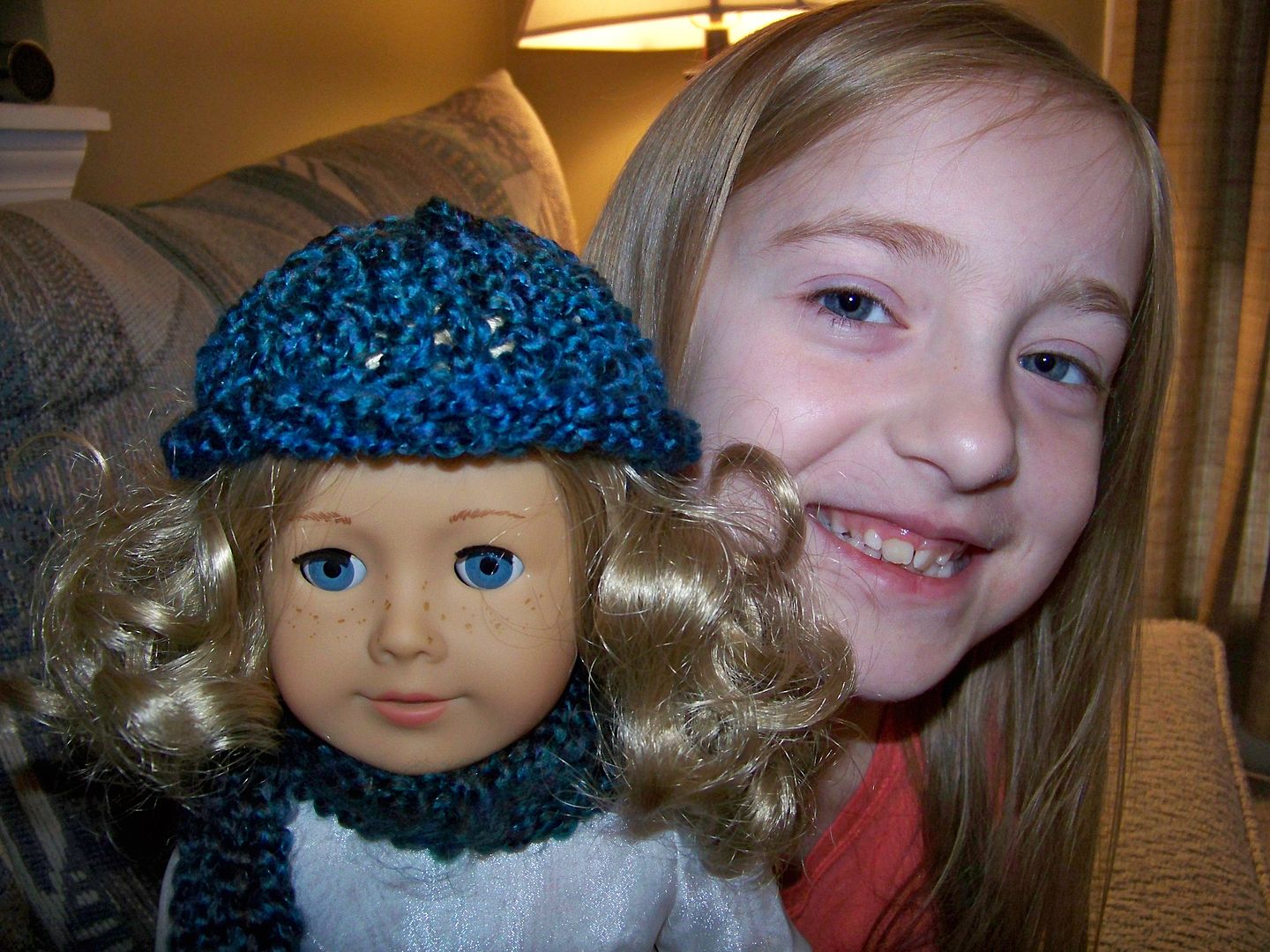Pin It
I found this yarn at Michaels. It is Yarn Bee's Andes Alpaca in color Damson. I picked it because it looked like a purple and brown, which I had been looking for. It is a longer varigation - or maybe a shorter skein. Whichever the case, look at all the other colors in this, even though only purple and brown showed at the store on the outer skein! I think I love it better with all the colors, but I was so surprised as I was knitting that it started looking like this! (A happy surprise!) I really liked the "depth" I got by using a varigated yarn! The finished size is 40"x7". This took two skeins of yarn, or roughly 200 yards.
Five inches on each end are double knit stockinette. I knitted 30" using the Criss Cross stitch.
I used the double knit stockinette because I found after doing a gray practice scarf that I did not like the Criss Cross stitch on the bottom edge.
The Criss Cross stitch is one I learned after seeing a video on YouTube. Click here to see it. After watching it, I had to re-watch it to create a diagram so I could actually do it.
The Criss Cross stitch actually is a pattern of two different combinations, each creating a stripe. When combined, you get a whole new and interesting design. After I finished my practice scarf and the final one, I did a little sample to figure out what I was really doing. You can see how each pattern is a stripe.
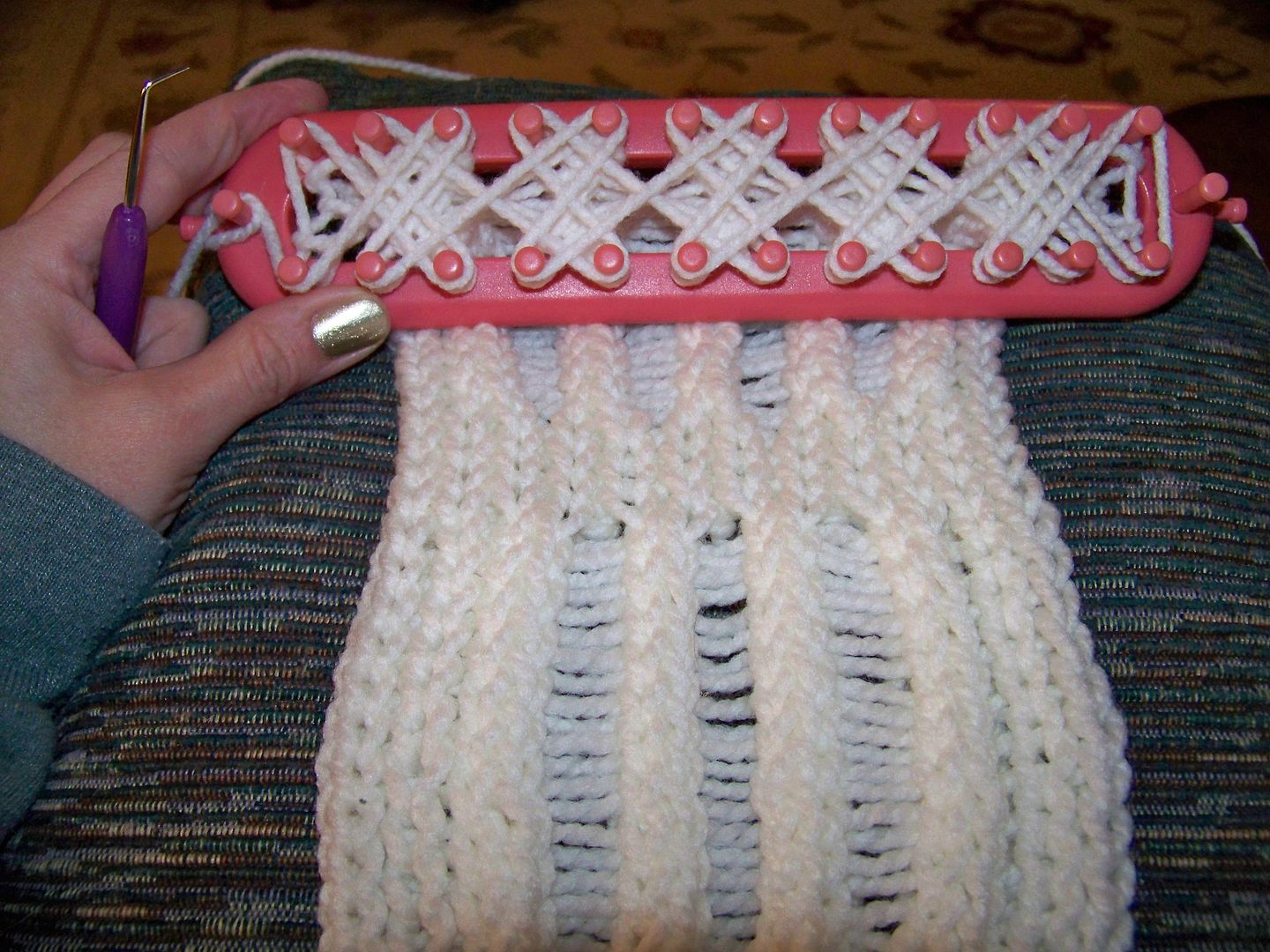 |
| Pattern II is at the top and Pattern I is at the bottom. |
I did this on my Knifty Knitter looms and I will warn you that a #4 yarn is too thin unless it is "hairy". You can see the weave well here on the practice piece (I used Simply Soft yarn), but I liked the weave tighter on my birthday scarf.
Using alpaca for my final scarf made all the difference in not shifting. The final product is a nice, tight weave. I also liked it on my cream-colored sample that used a #5 chunky yarn!
On my sample, I also played with alternating two and three of the same pattern at a time. This is what I did on this sample to play with variation shown on the lower part of the sample below:
two rows pattern II
one row pattern I
three rows pattern II
one row pattern I
three rows pattern II
one row pattern I
two rows pattern II
I think it created a fun design and I really liked this stitch with a chunky yarn:
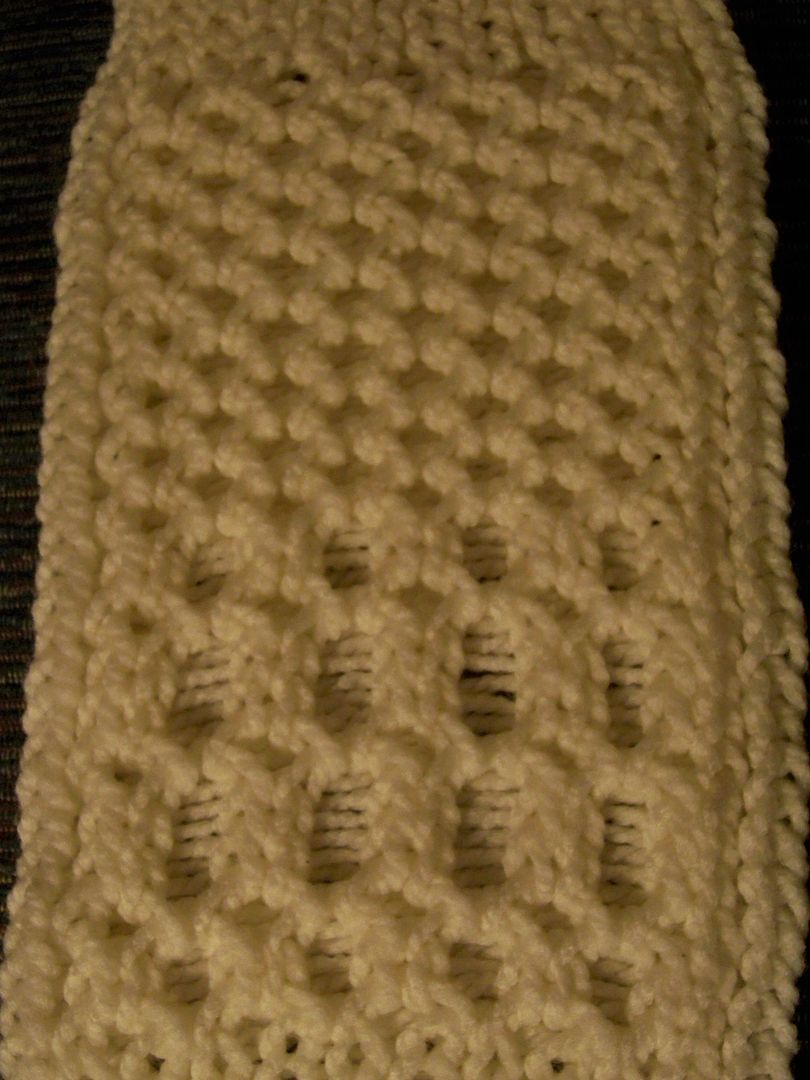 |
| The upper part is pattern I and II alternating as designed. The lower area shows variations of two and three rows of pattern II with single rows of pattern I. This is a chunky #5 acrylic yarn. |
So, this is my last birthday gift to myself! It has been a super-busy and stressful January in our office and at home. (My husband and I work from our home!) I am looking forward to an easier February for sure. For my friends who share a birthday with me today-- and there are four that I know of -- here's a little fun!


